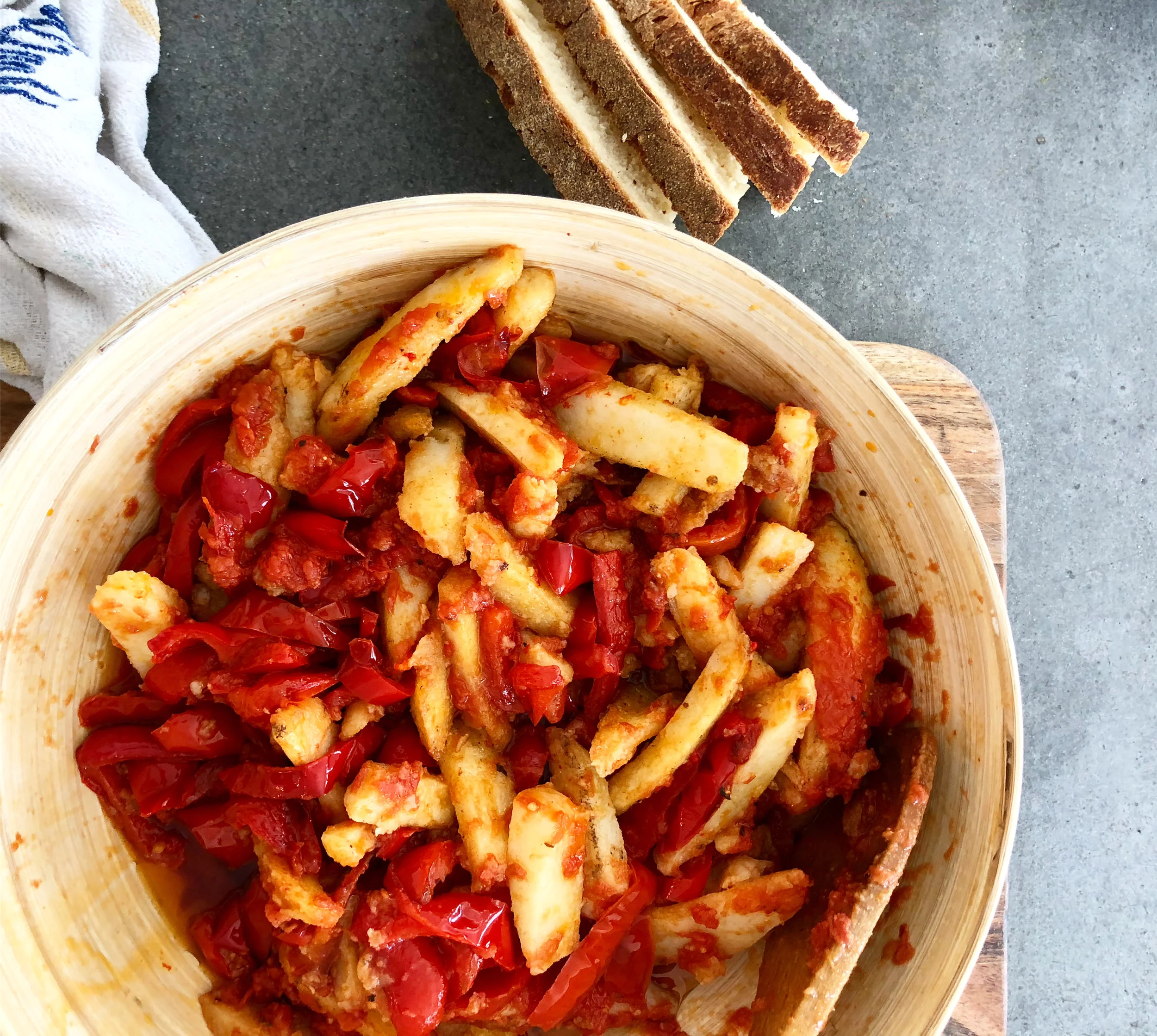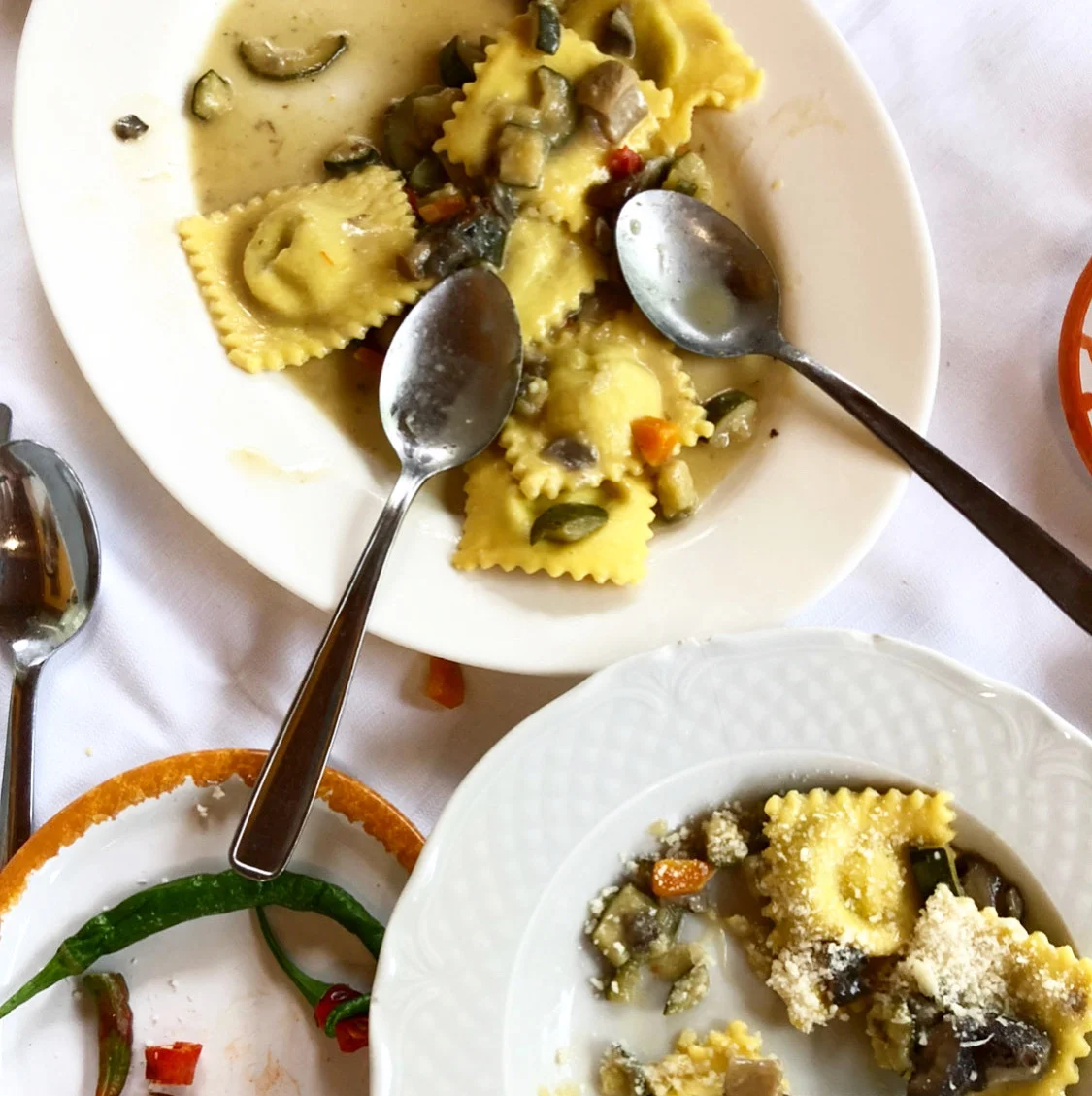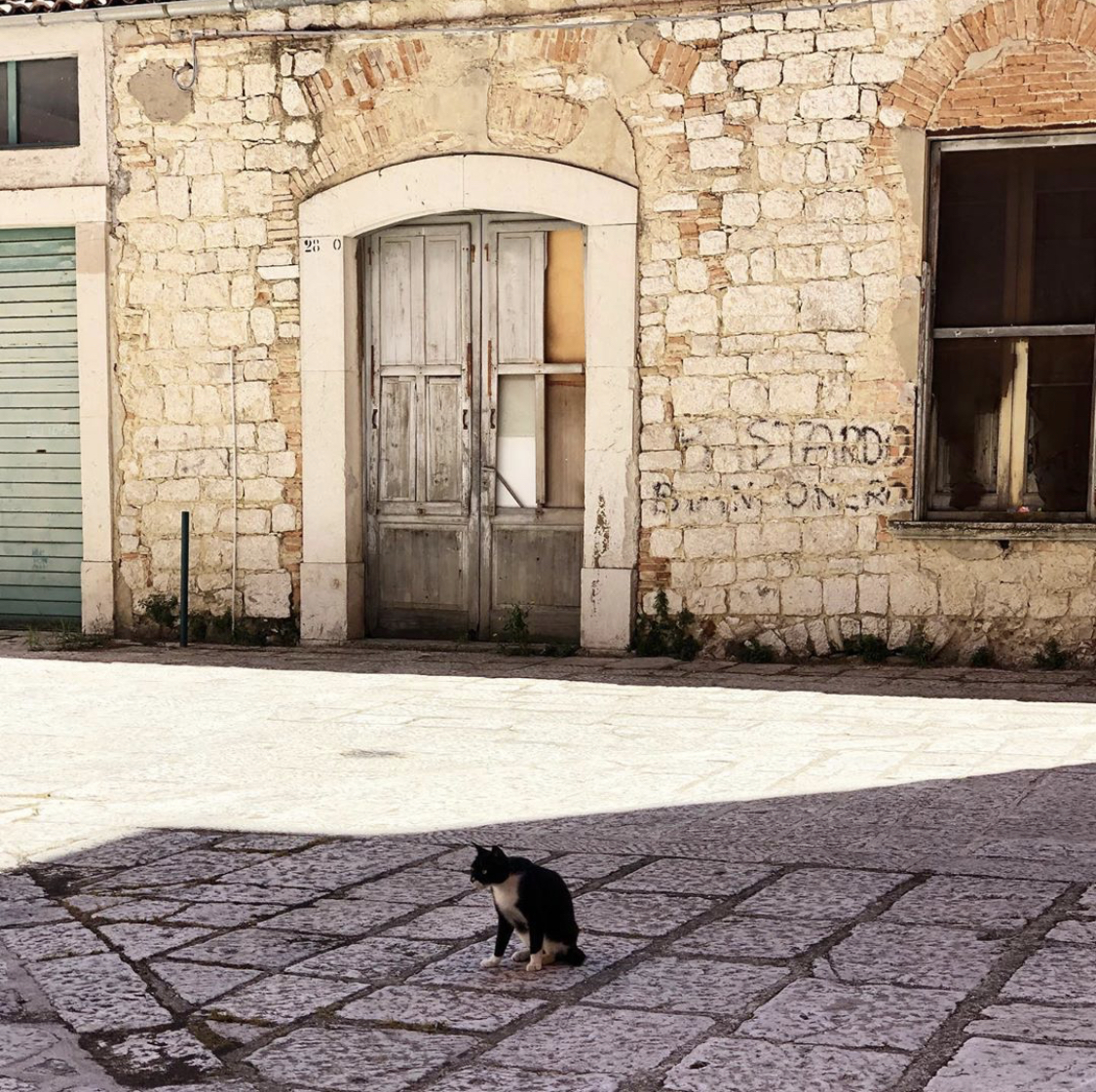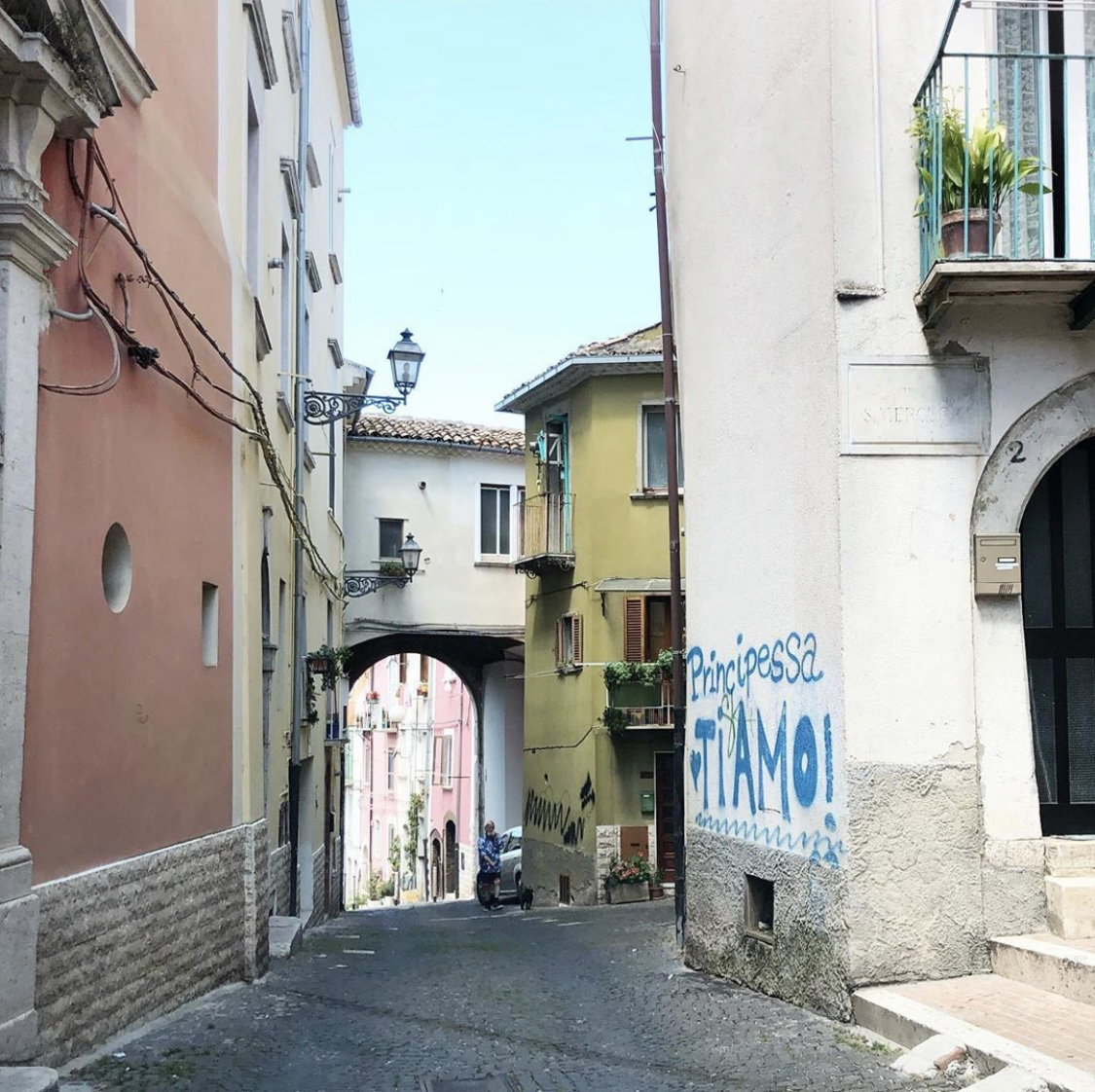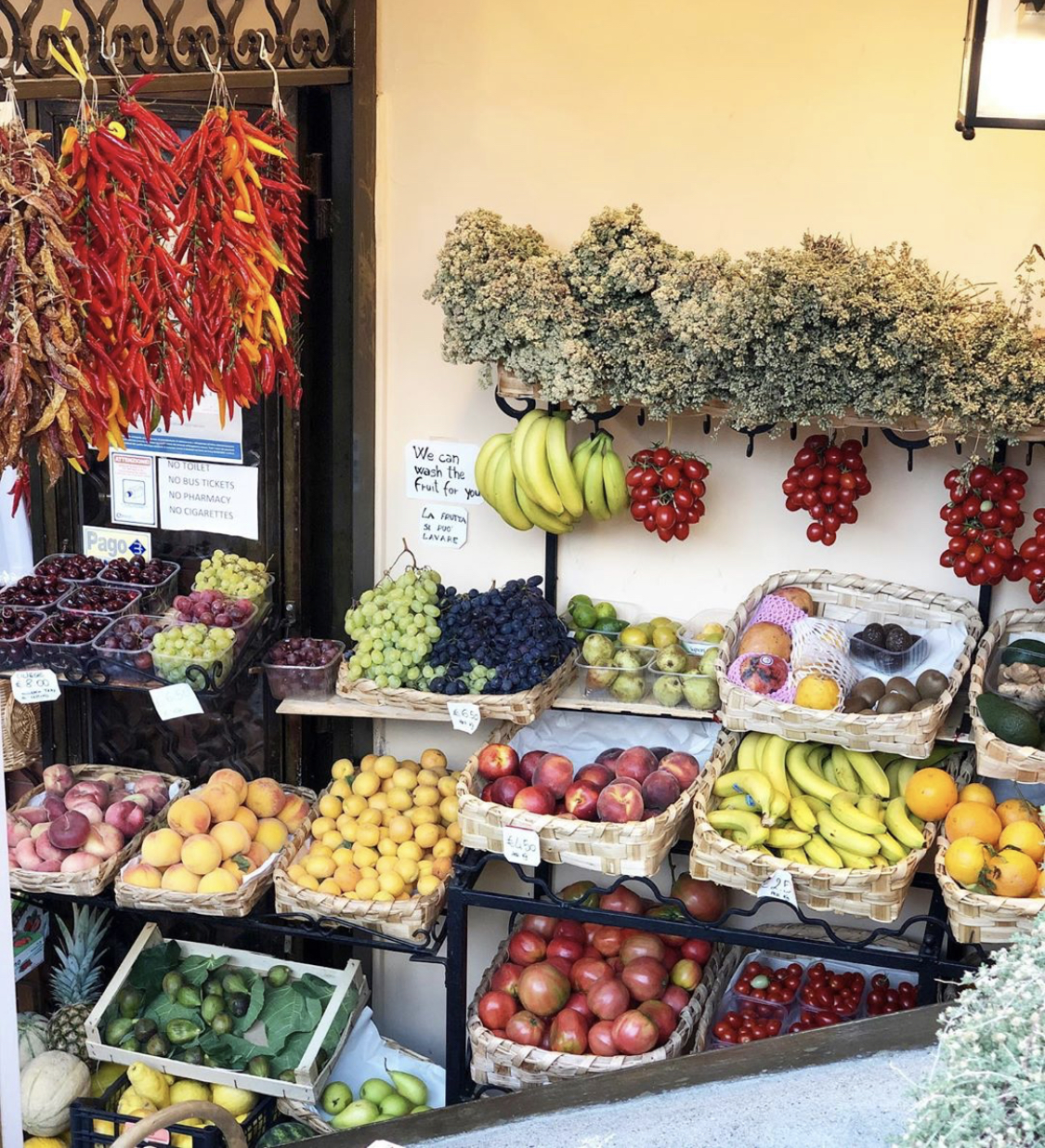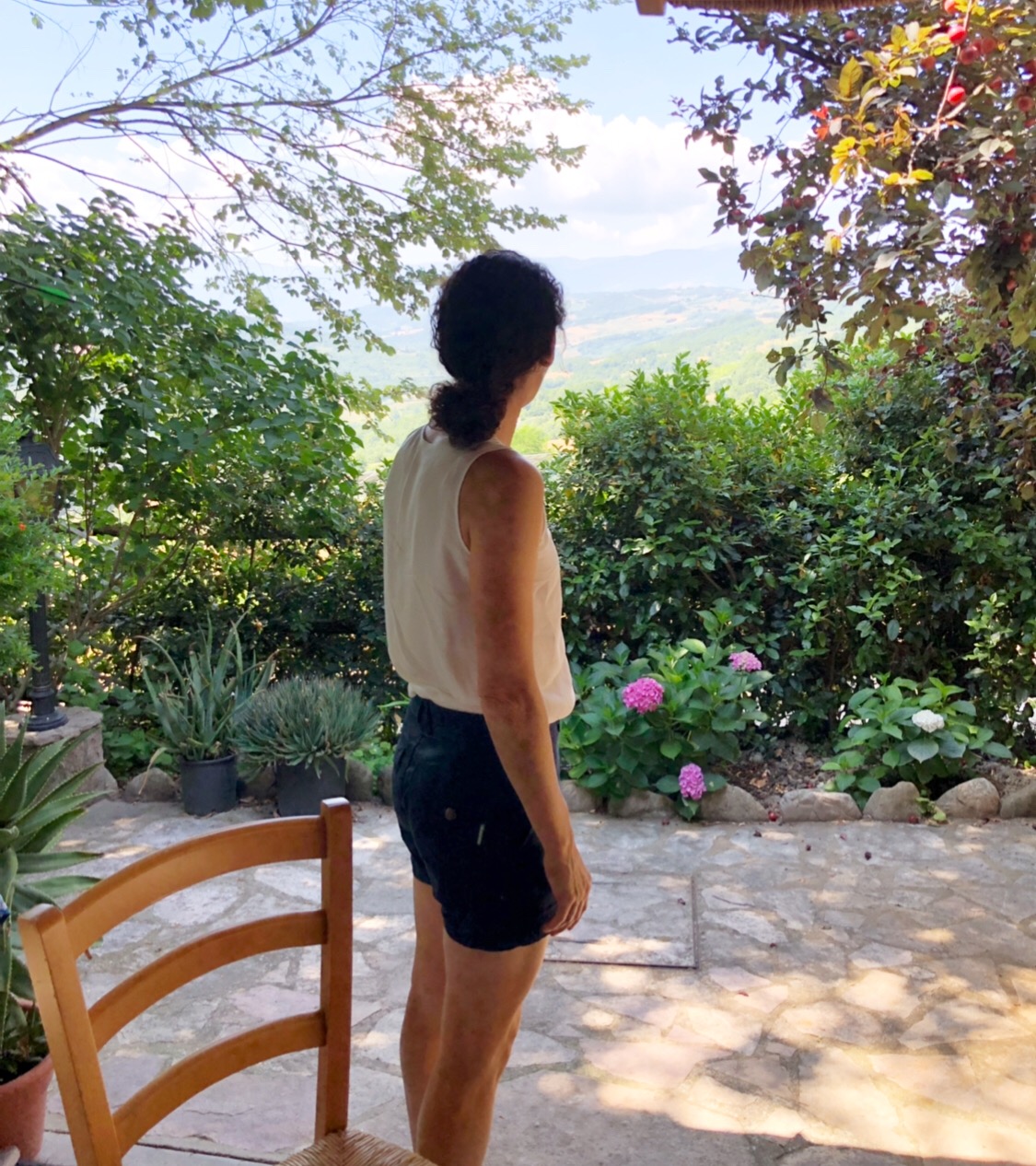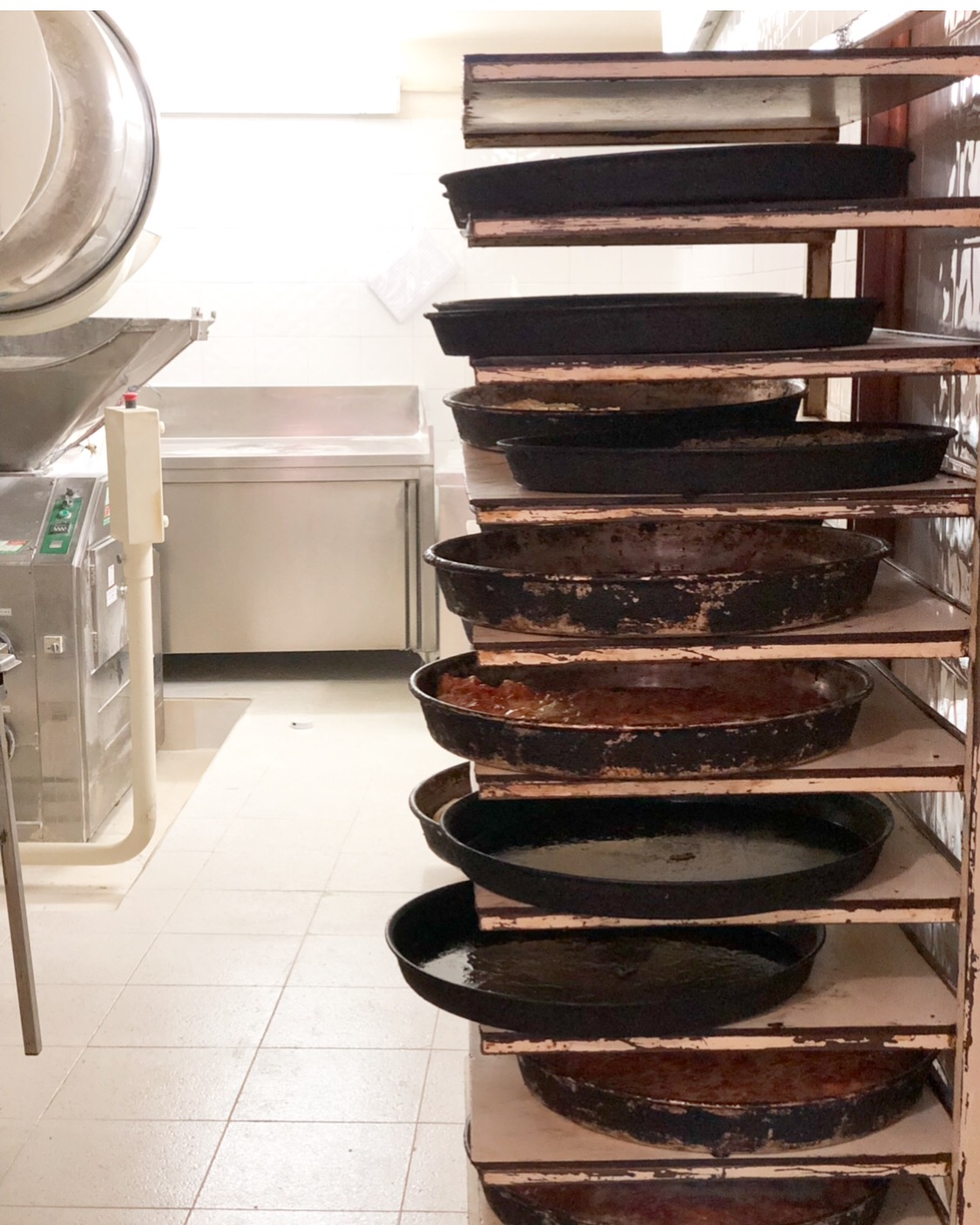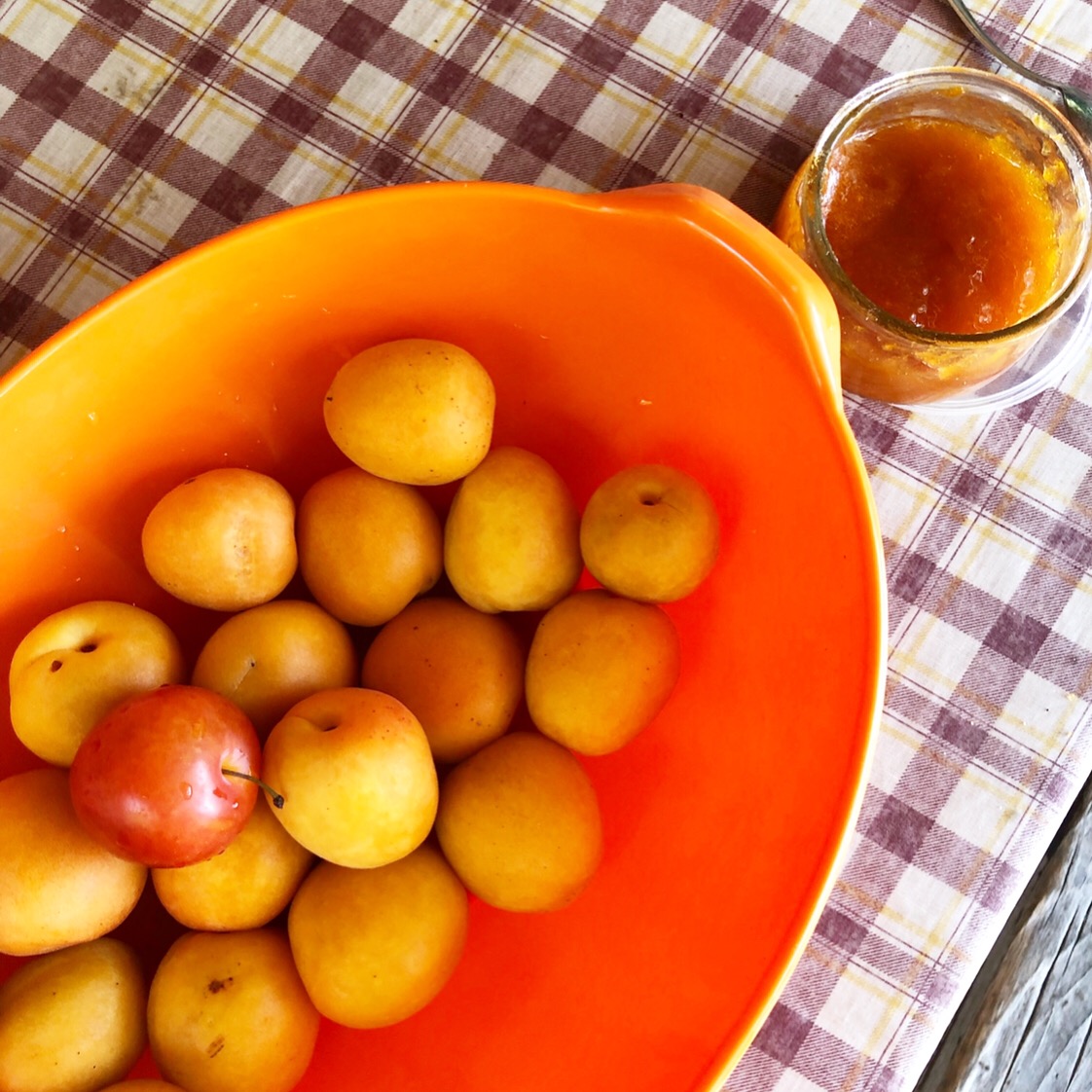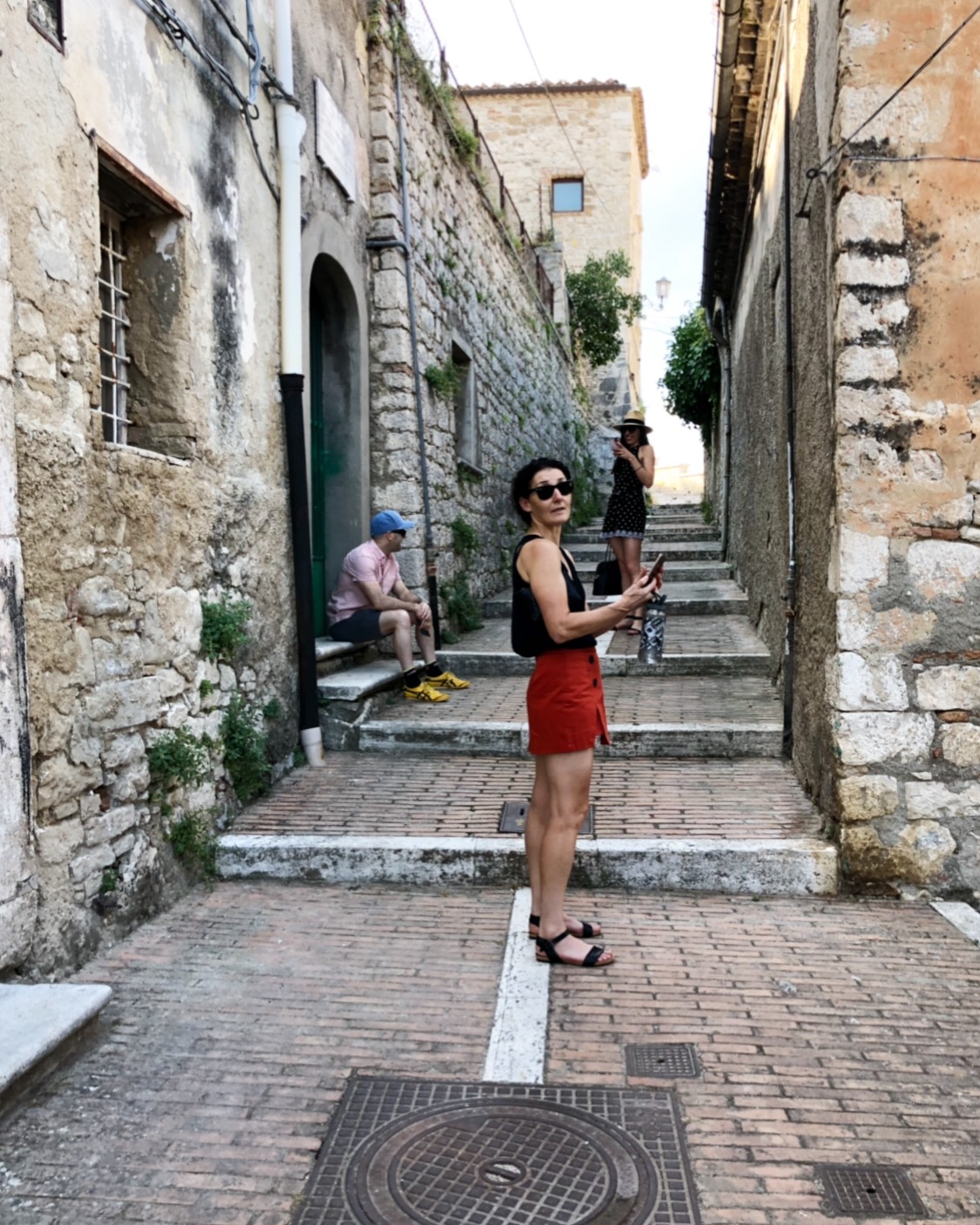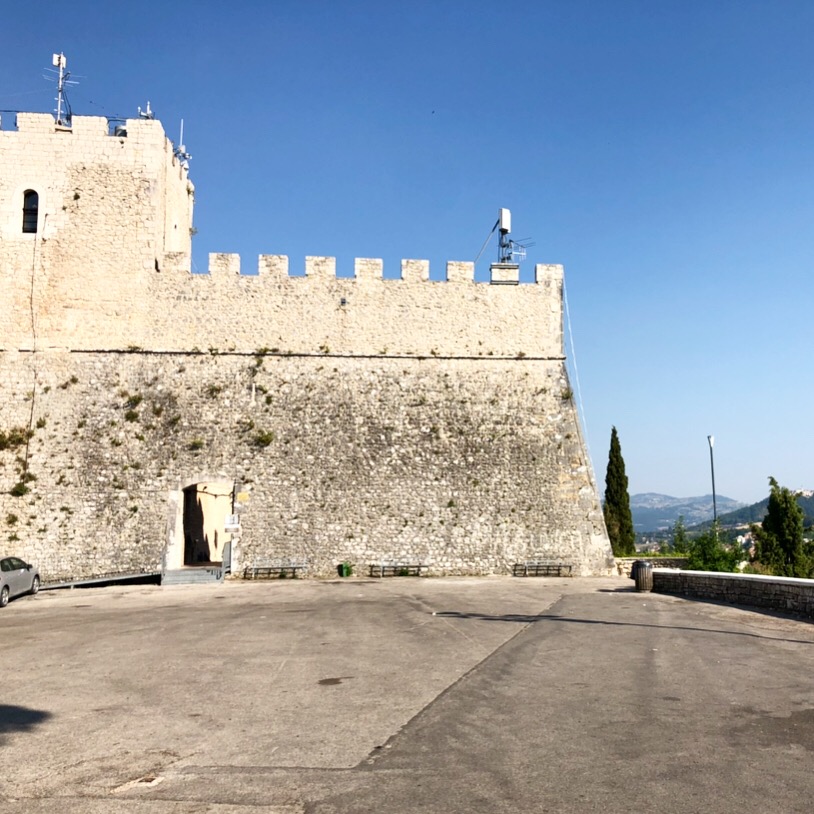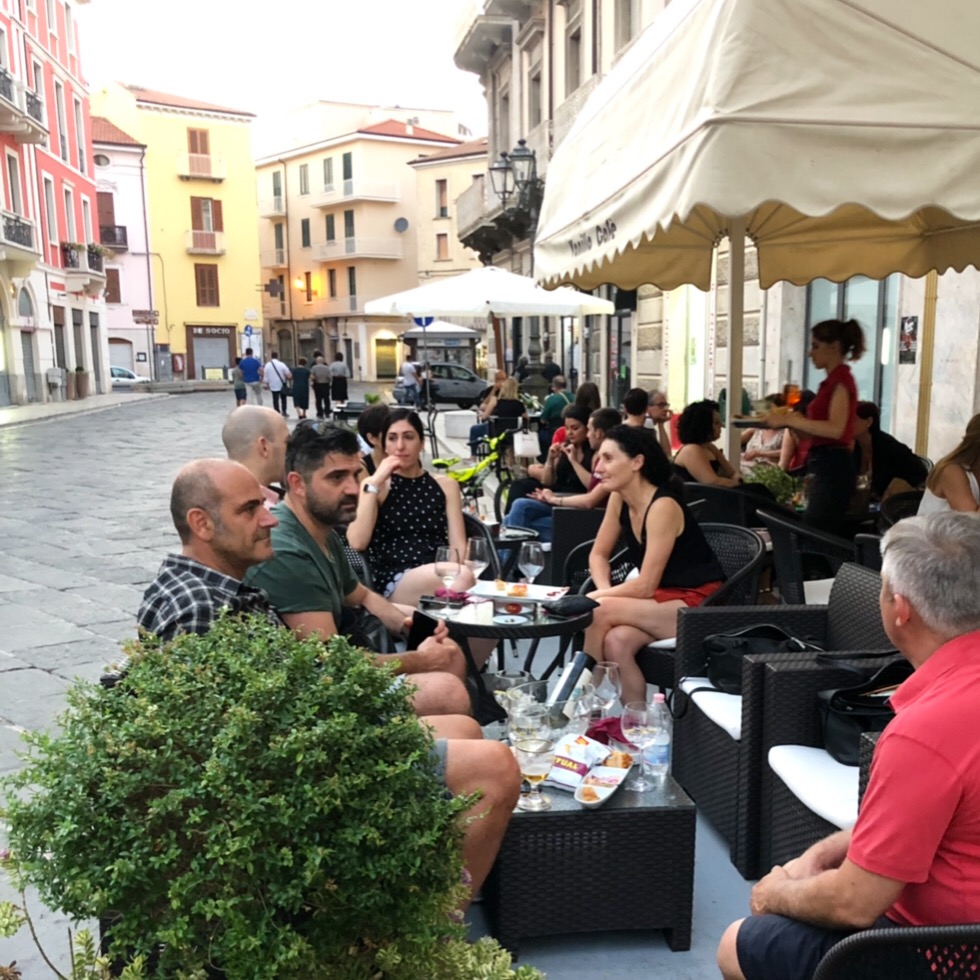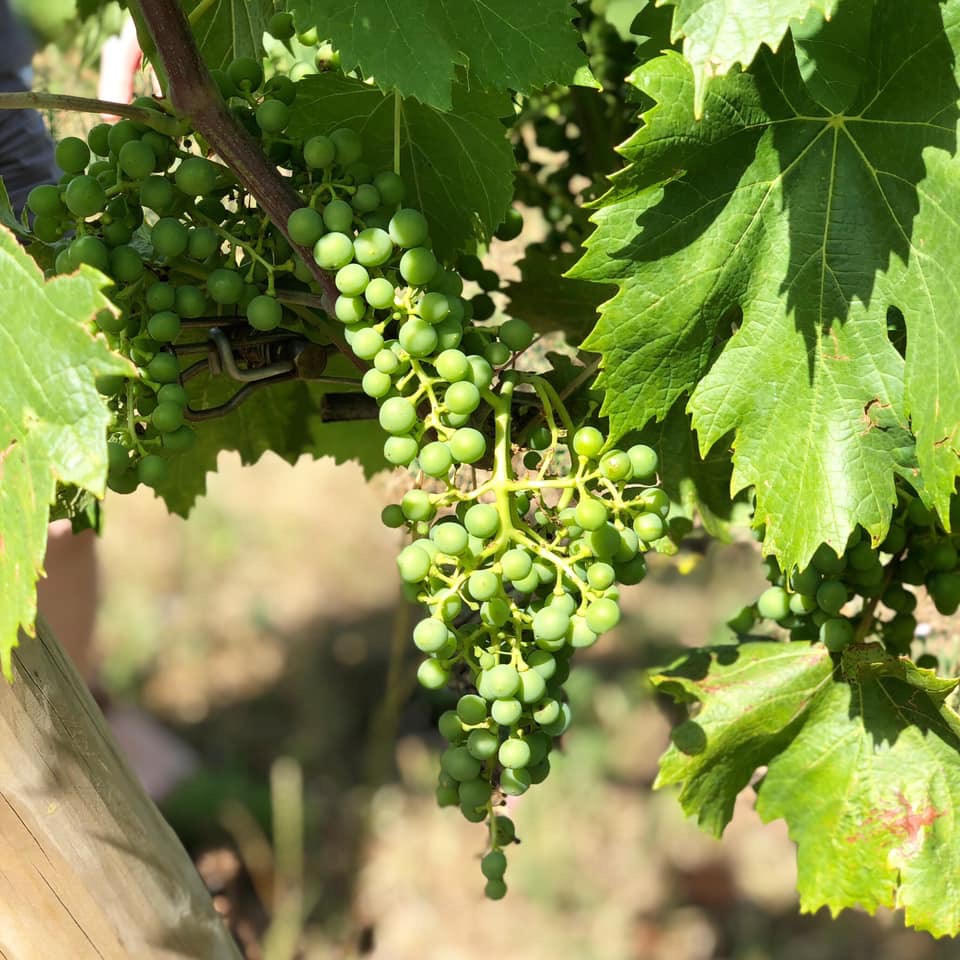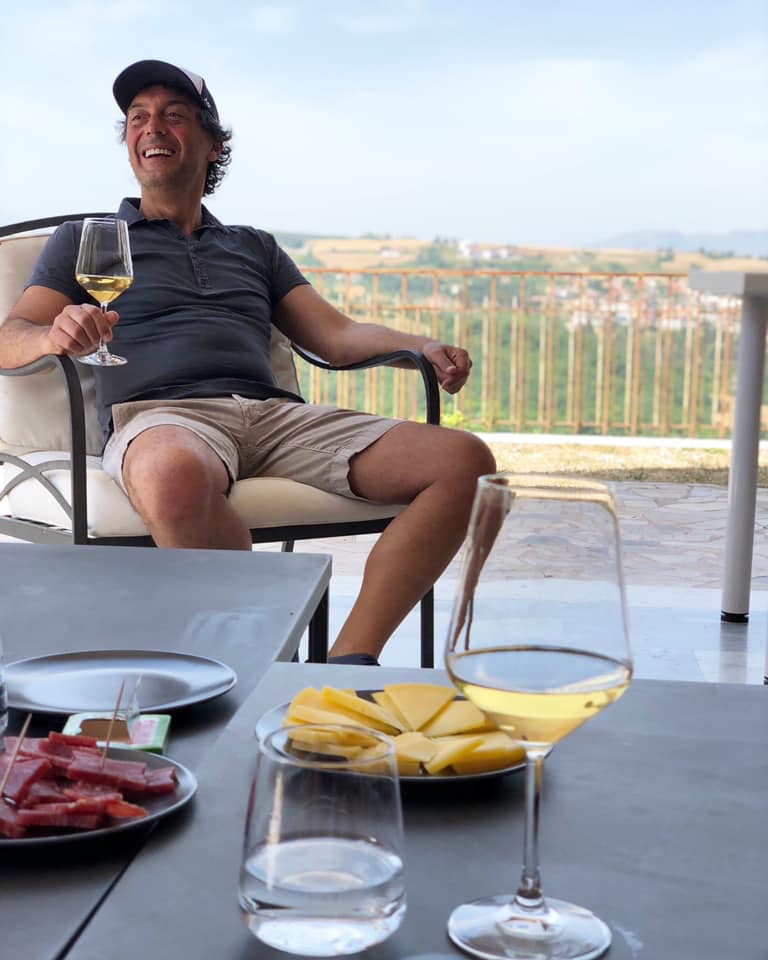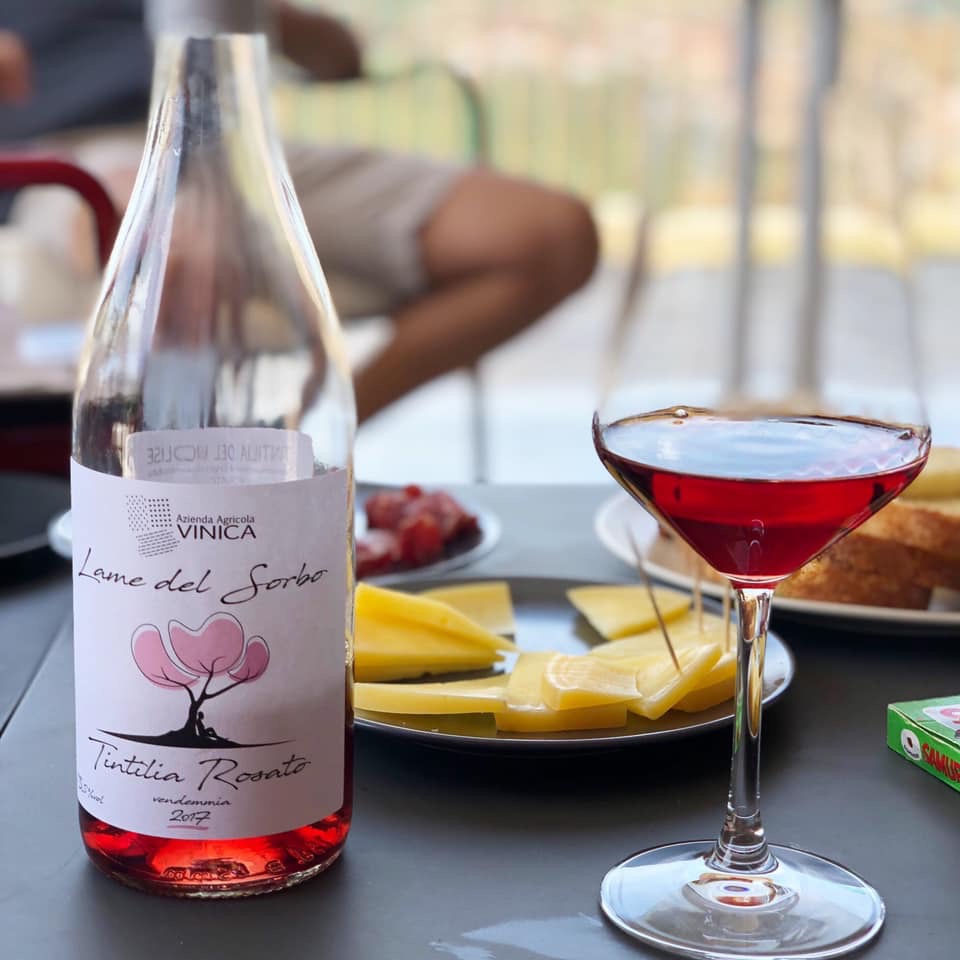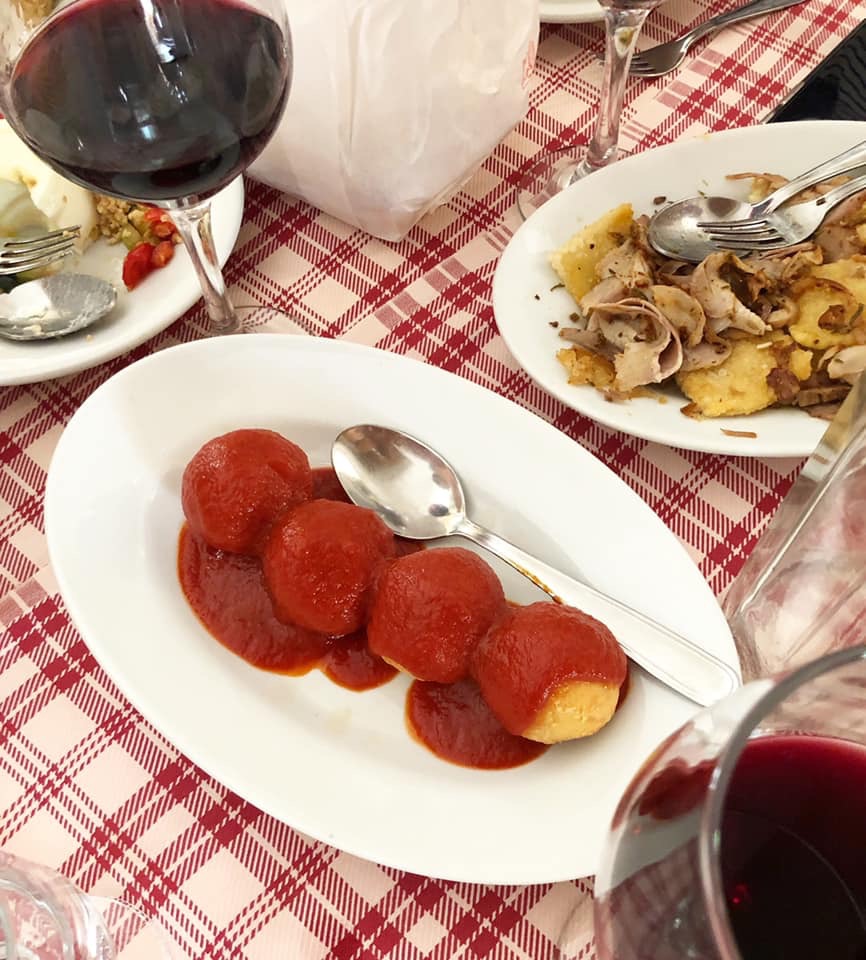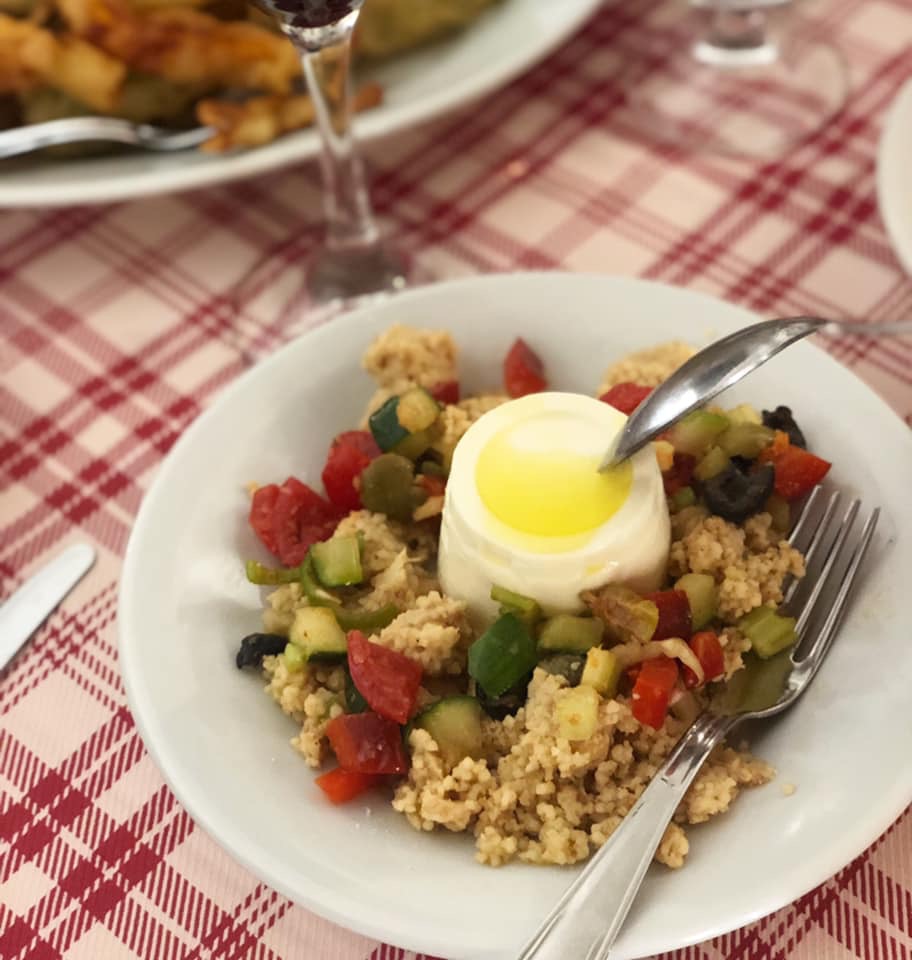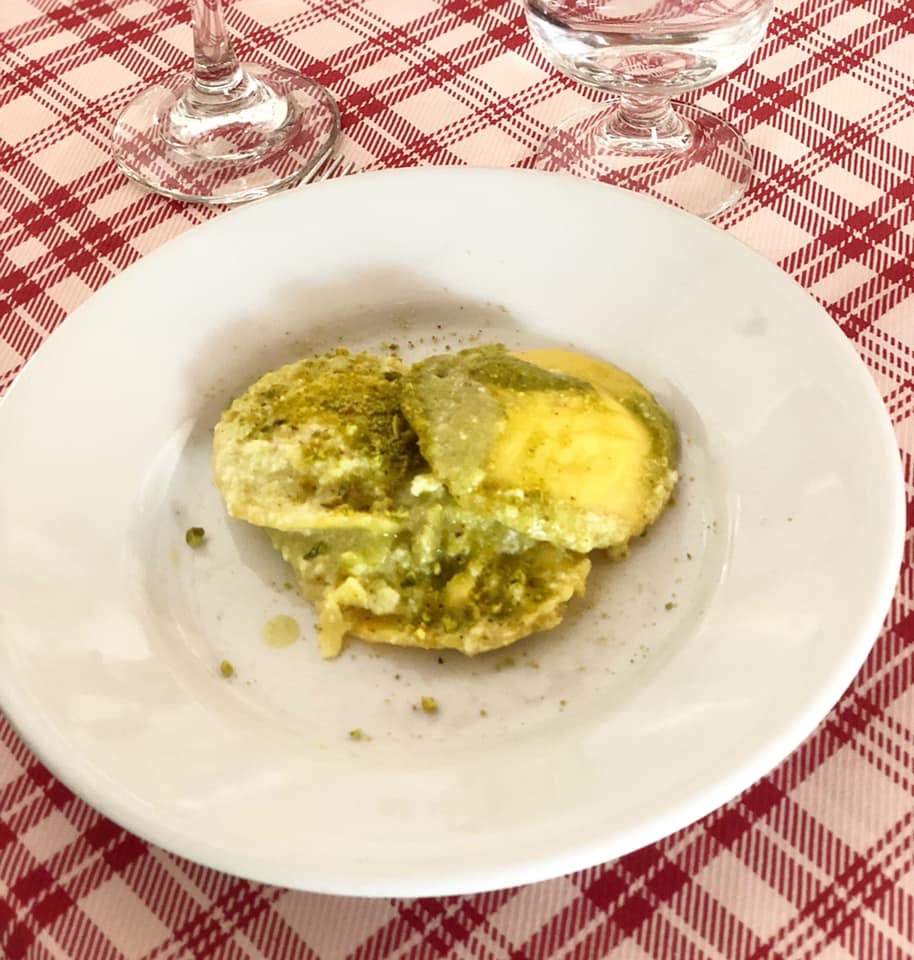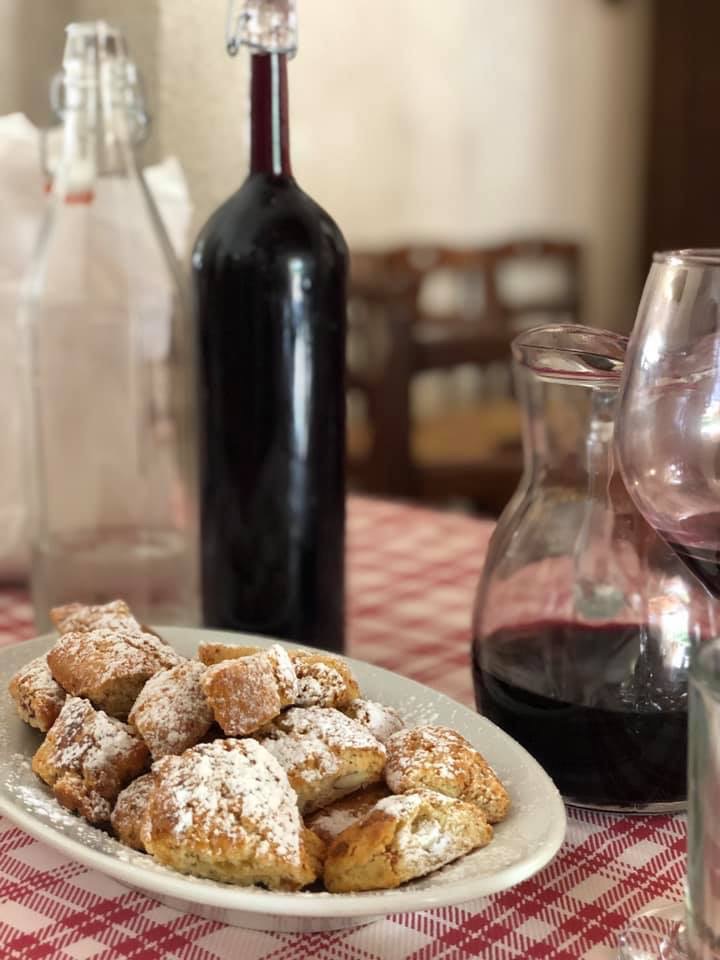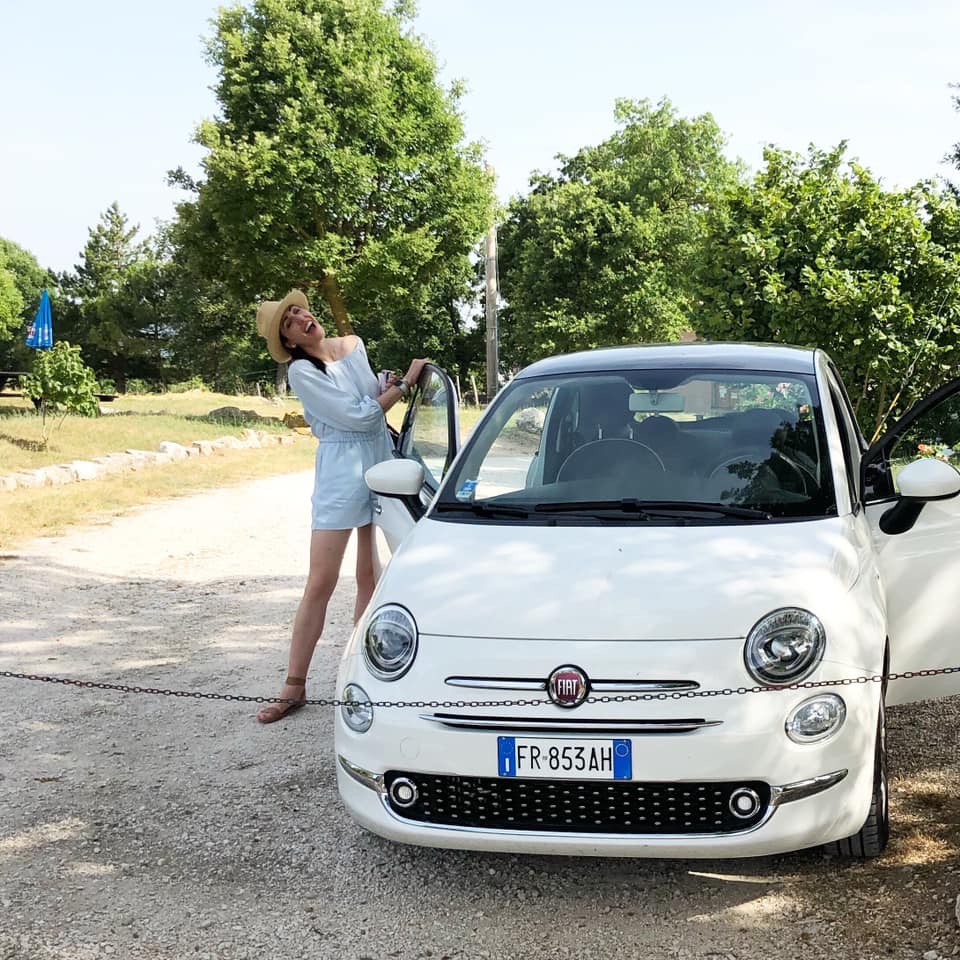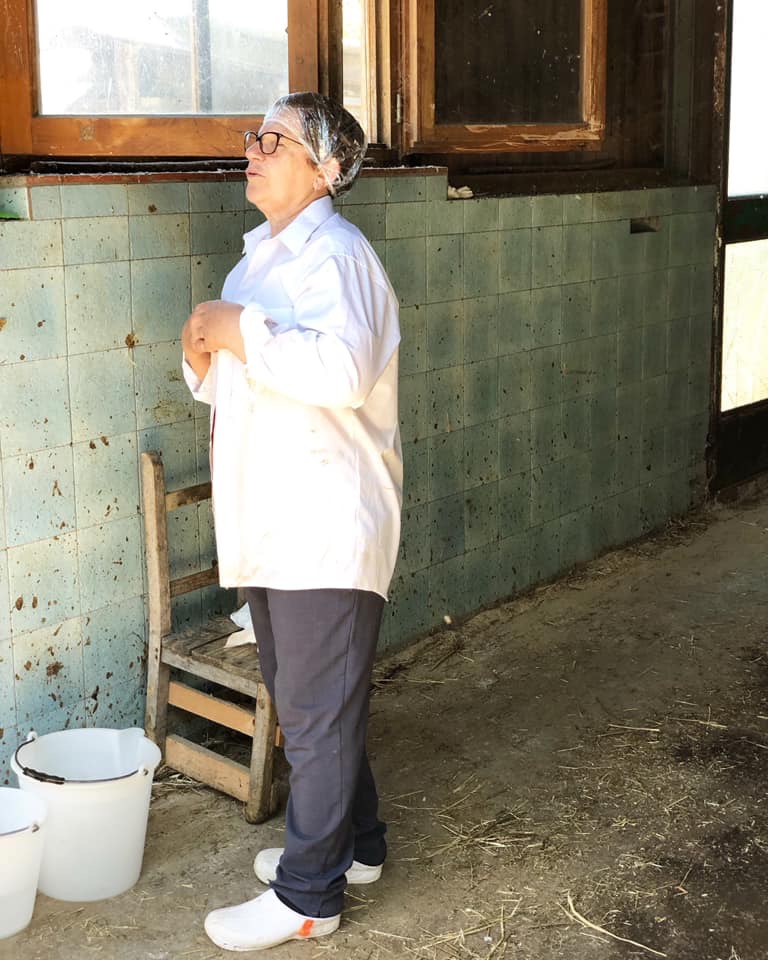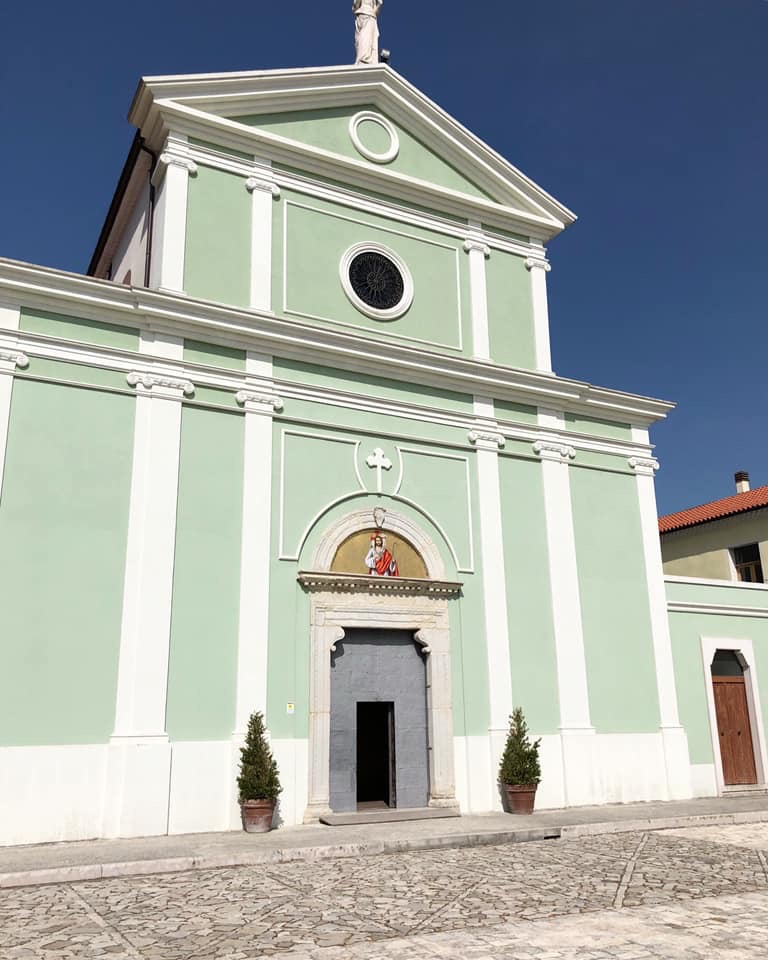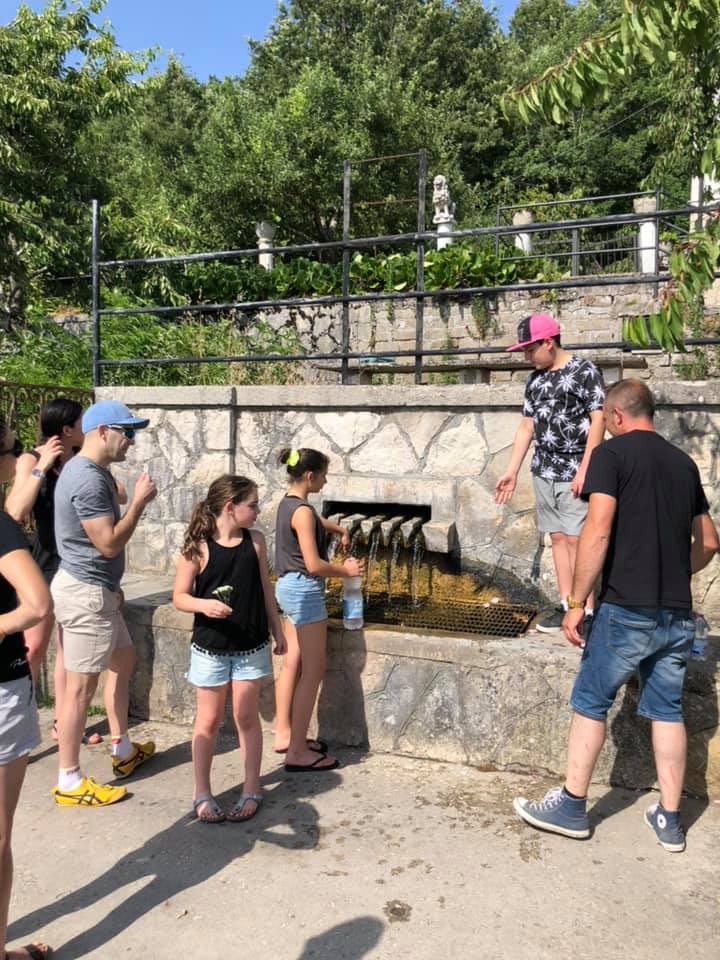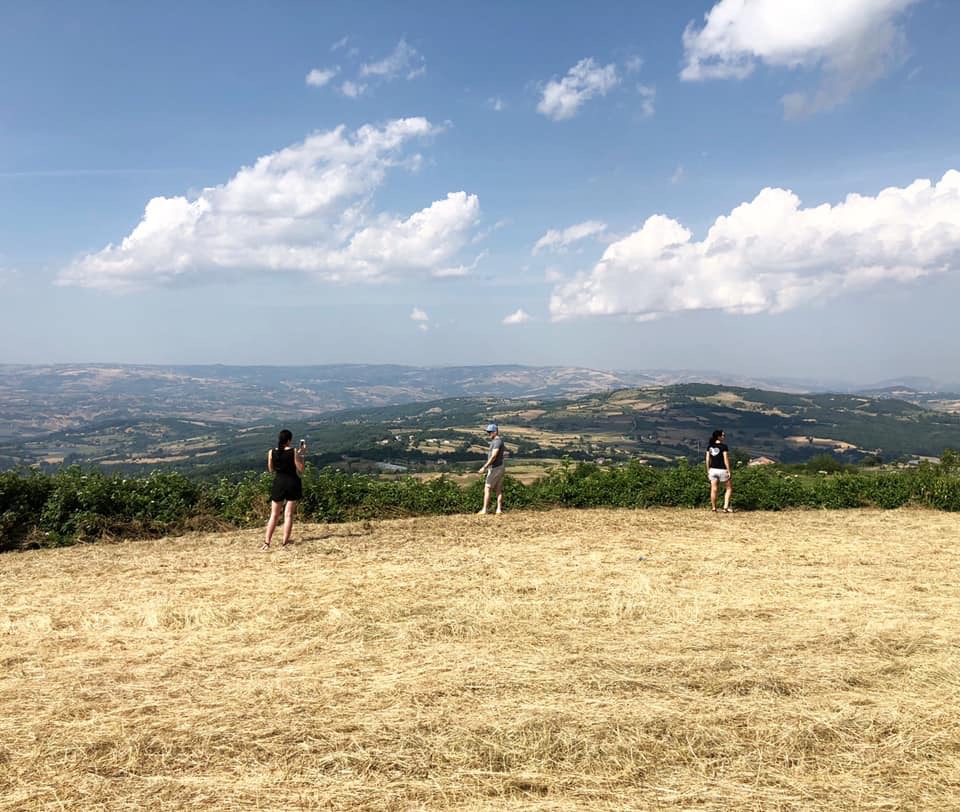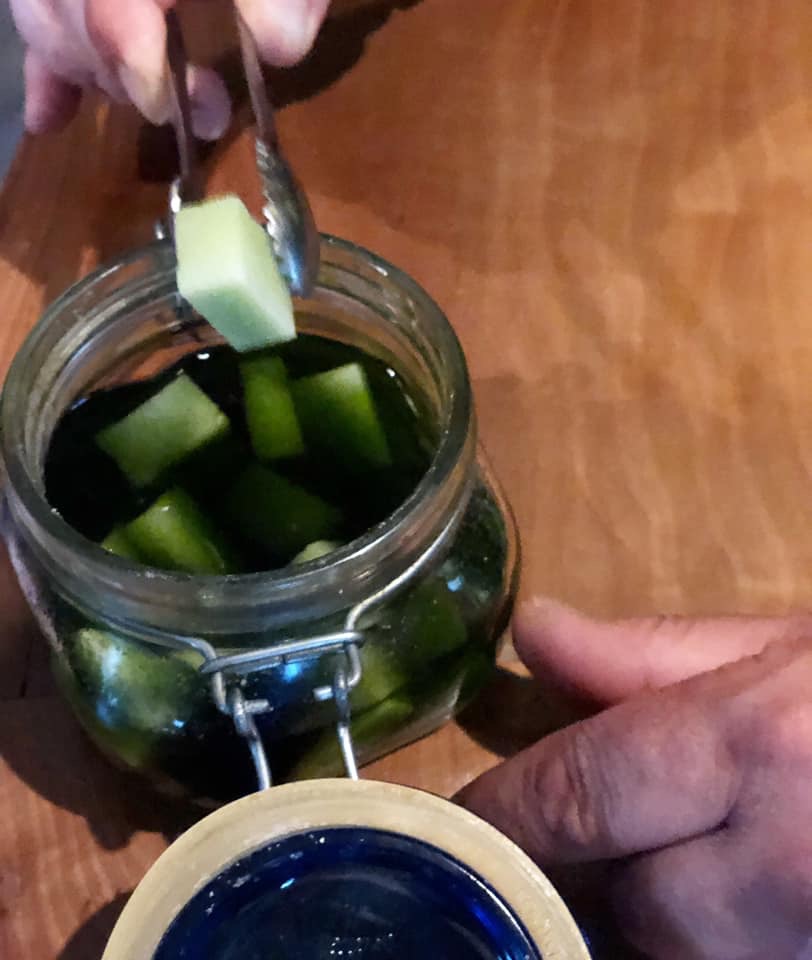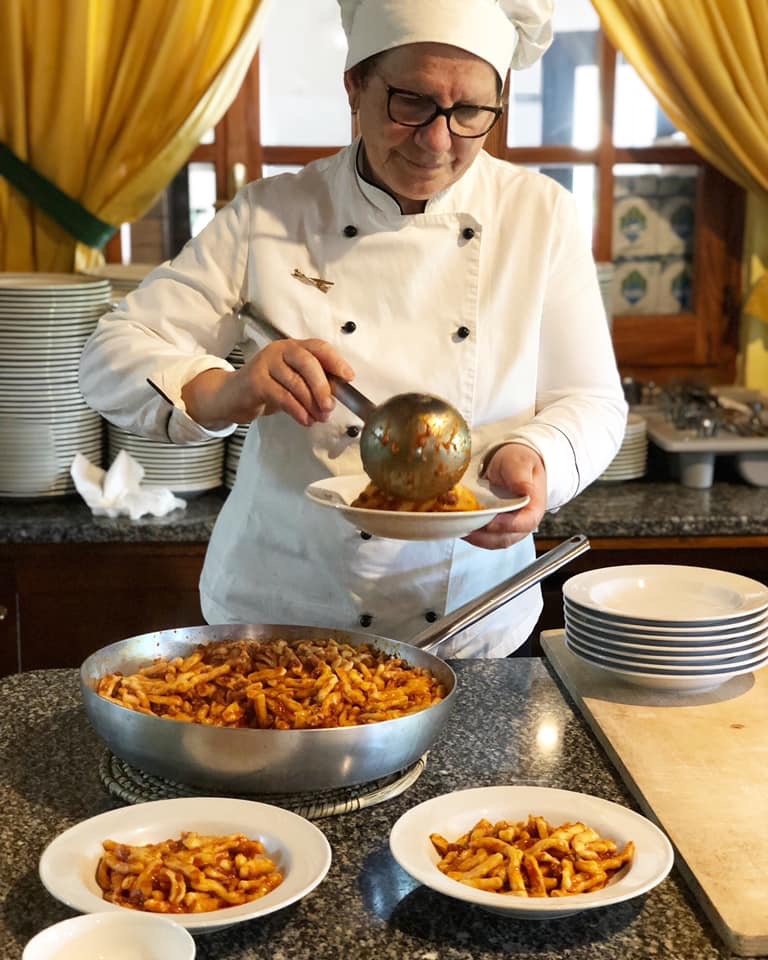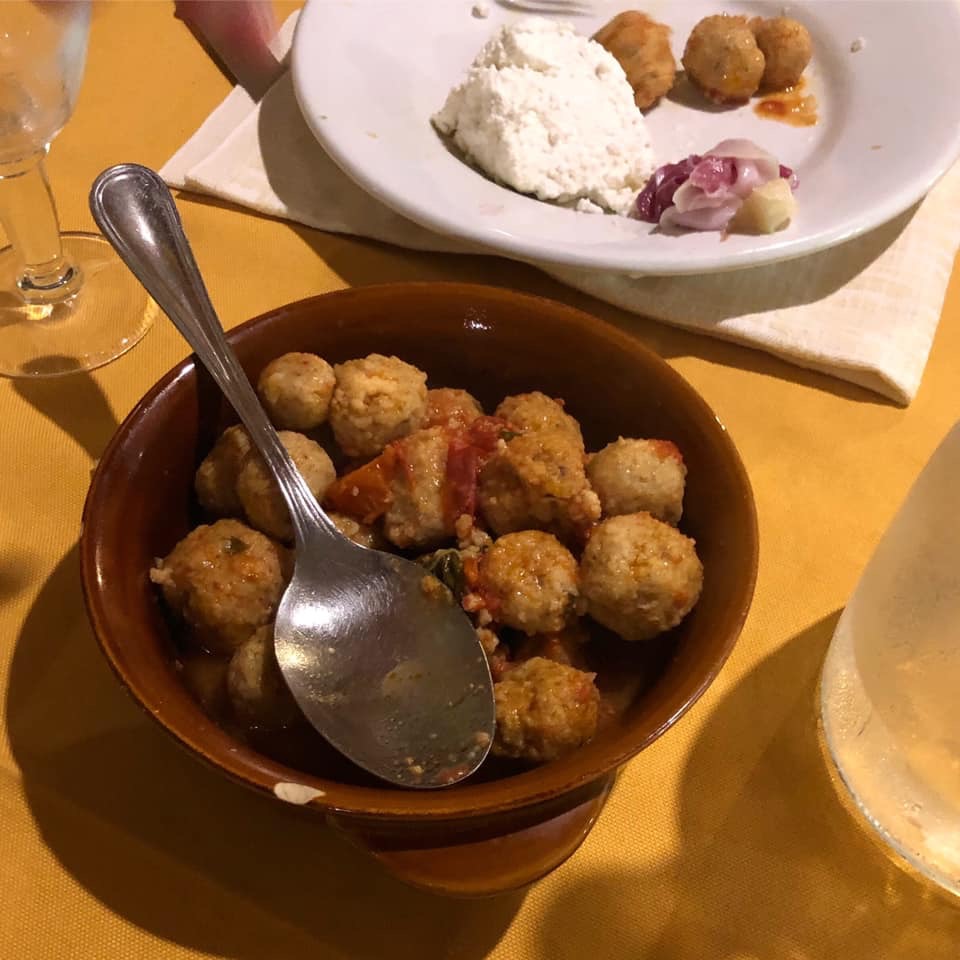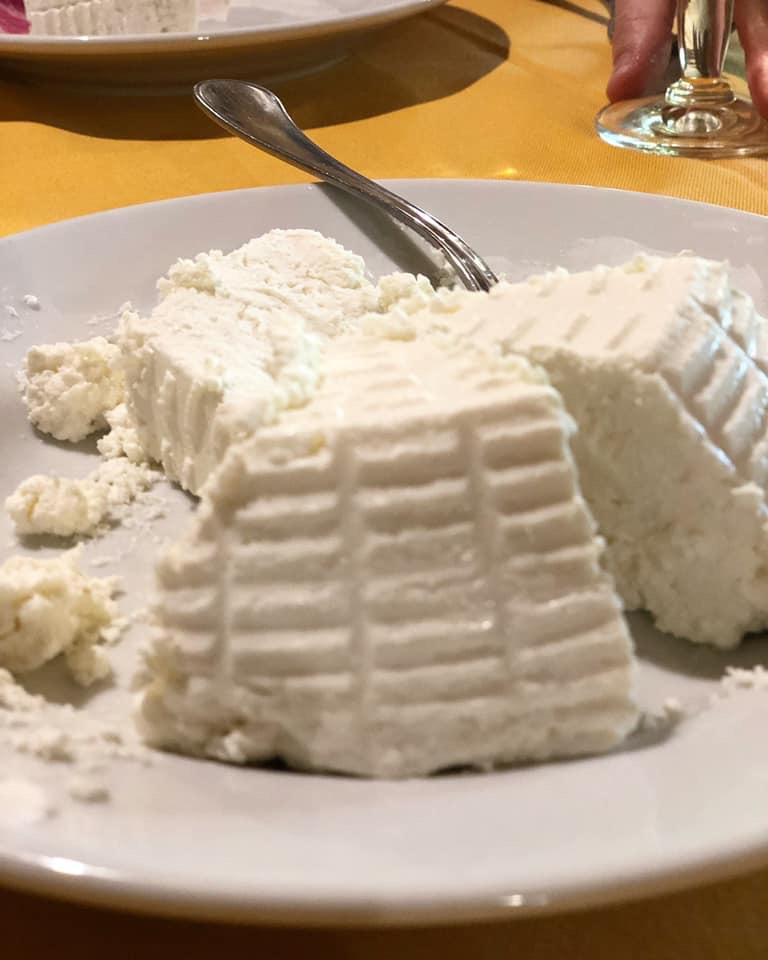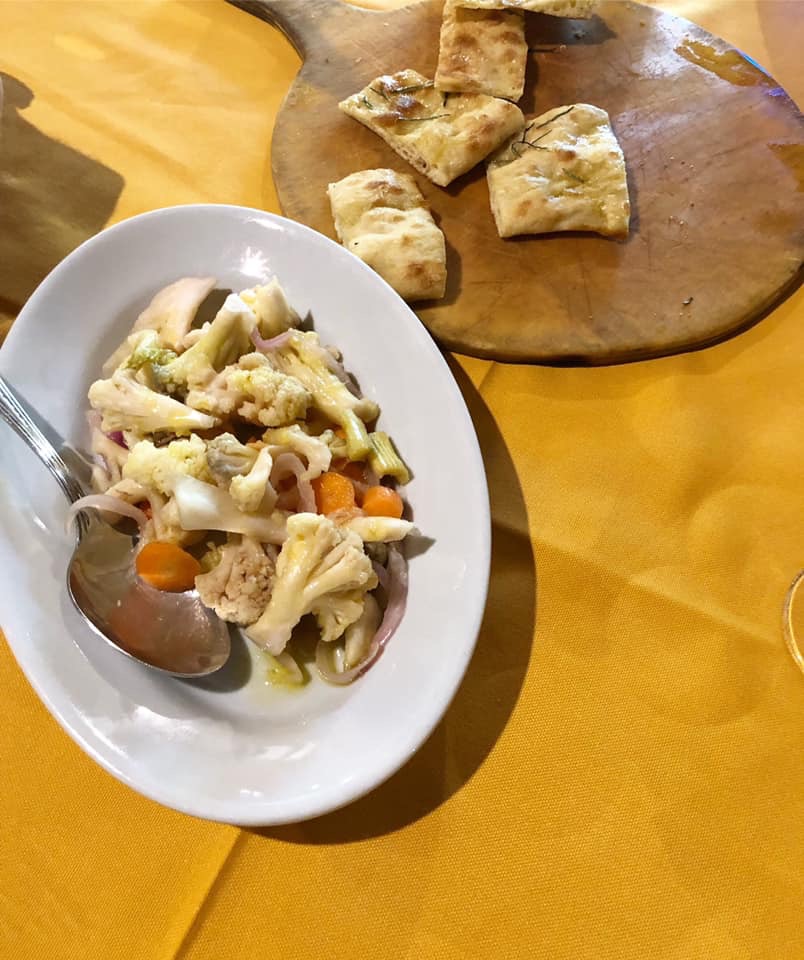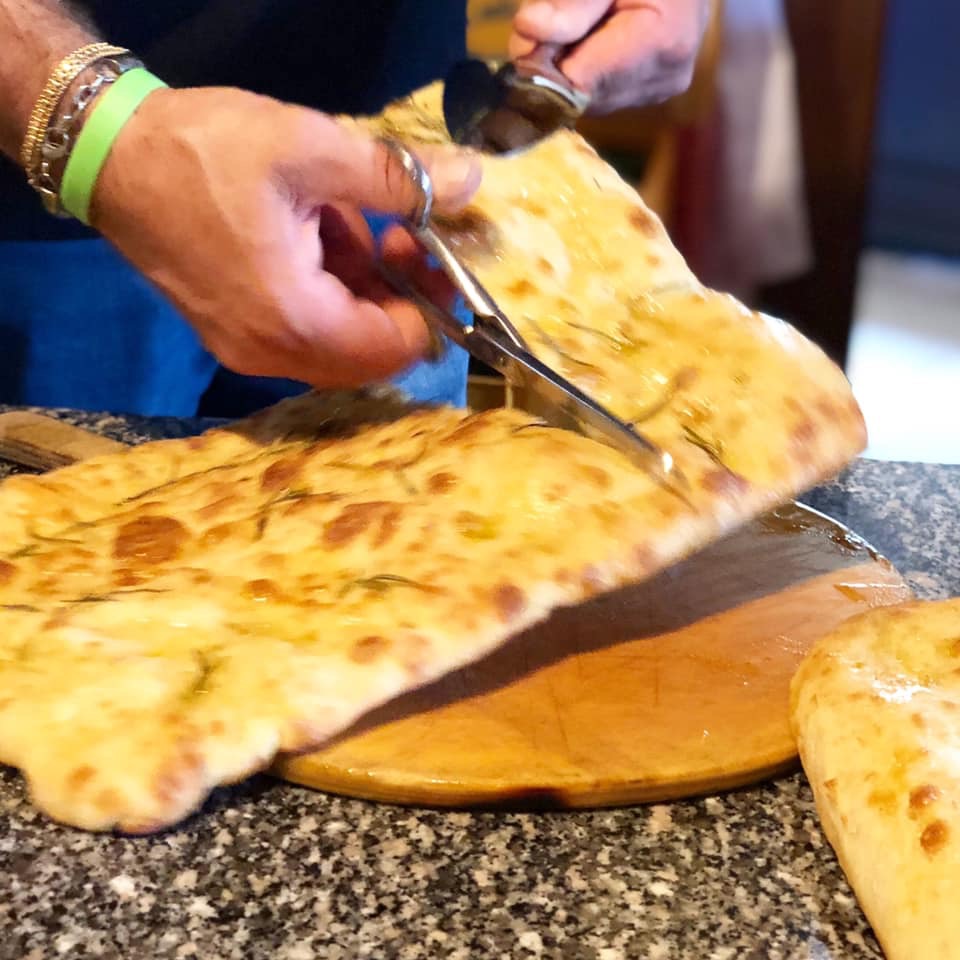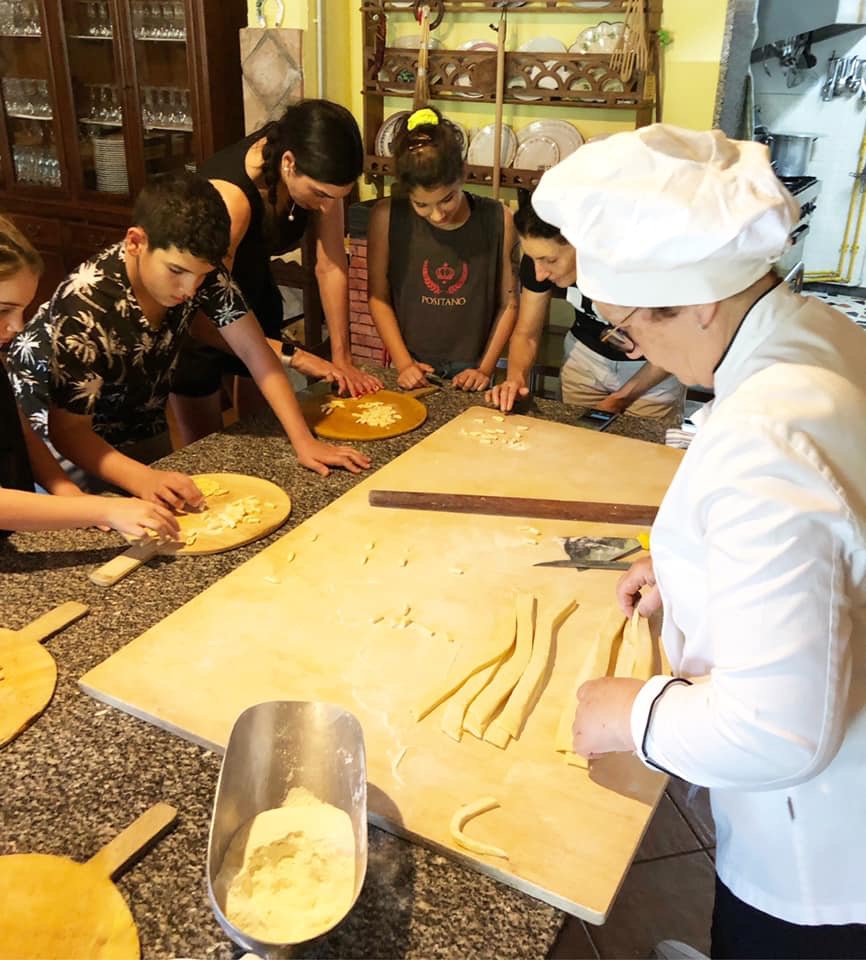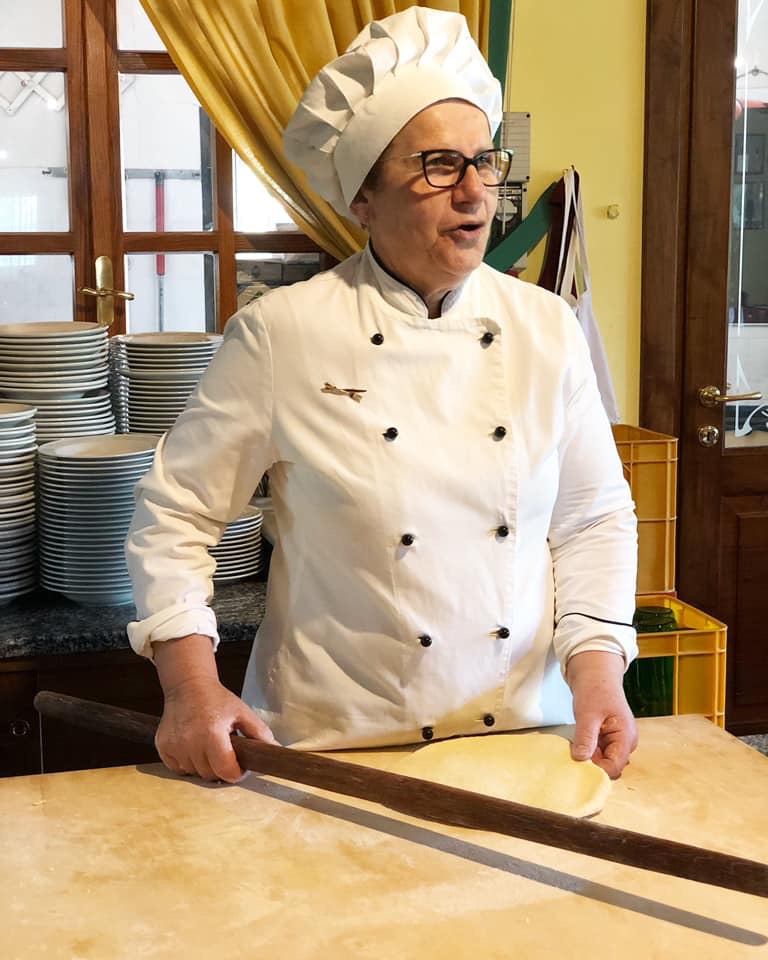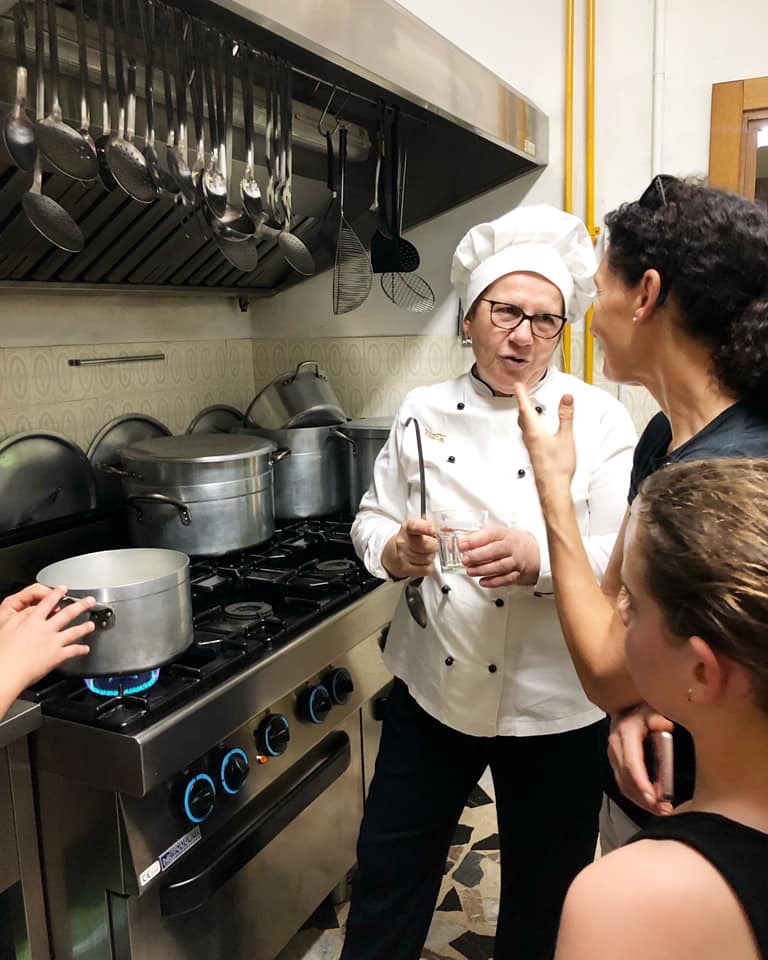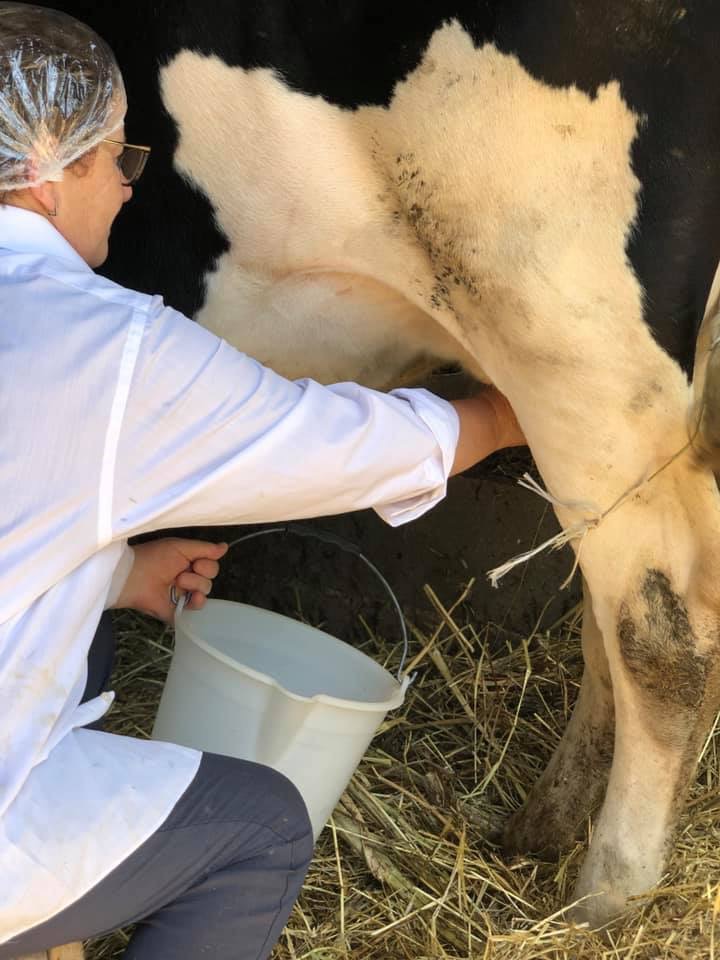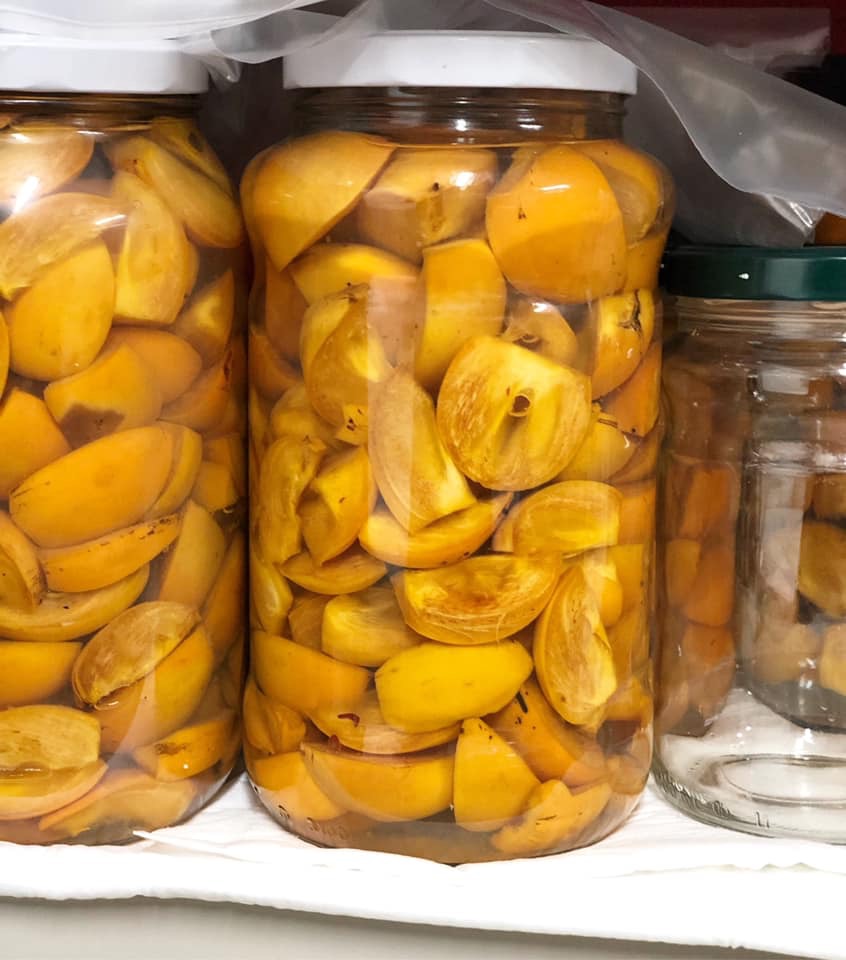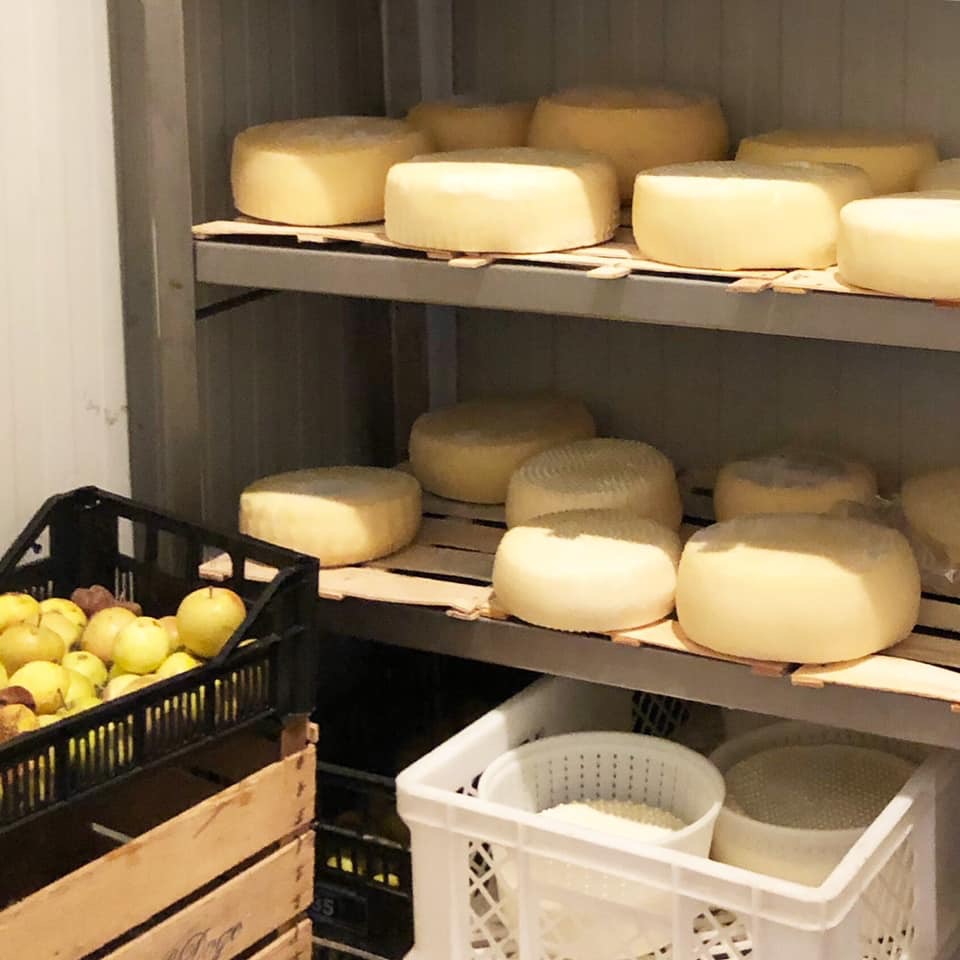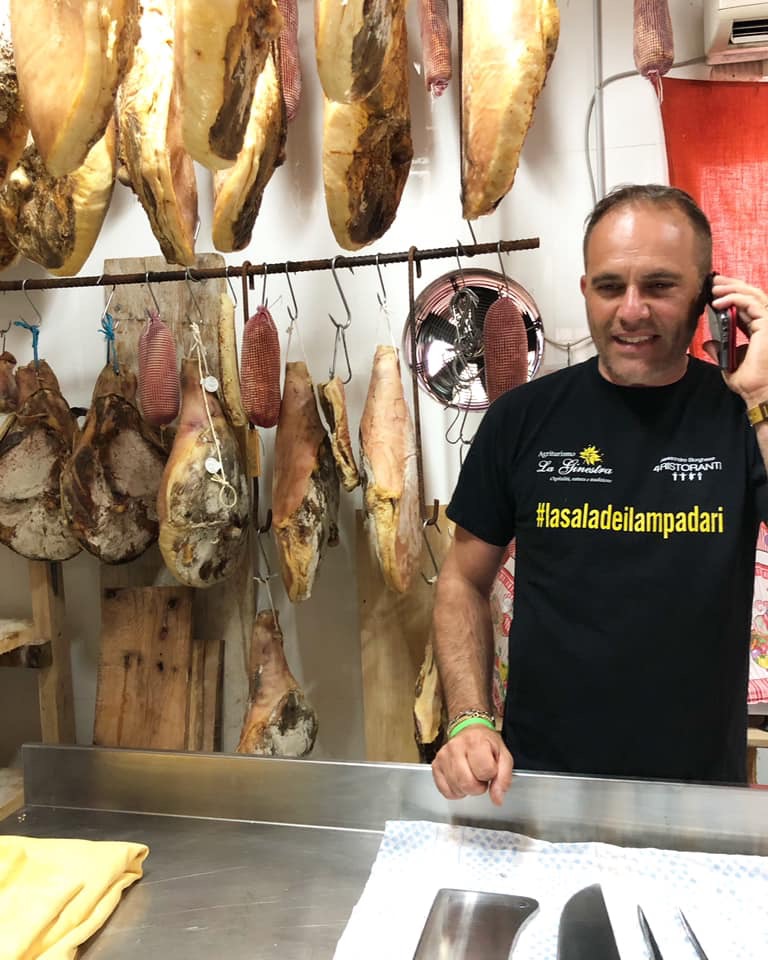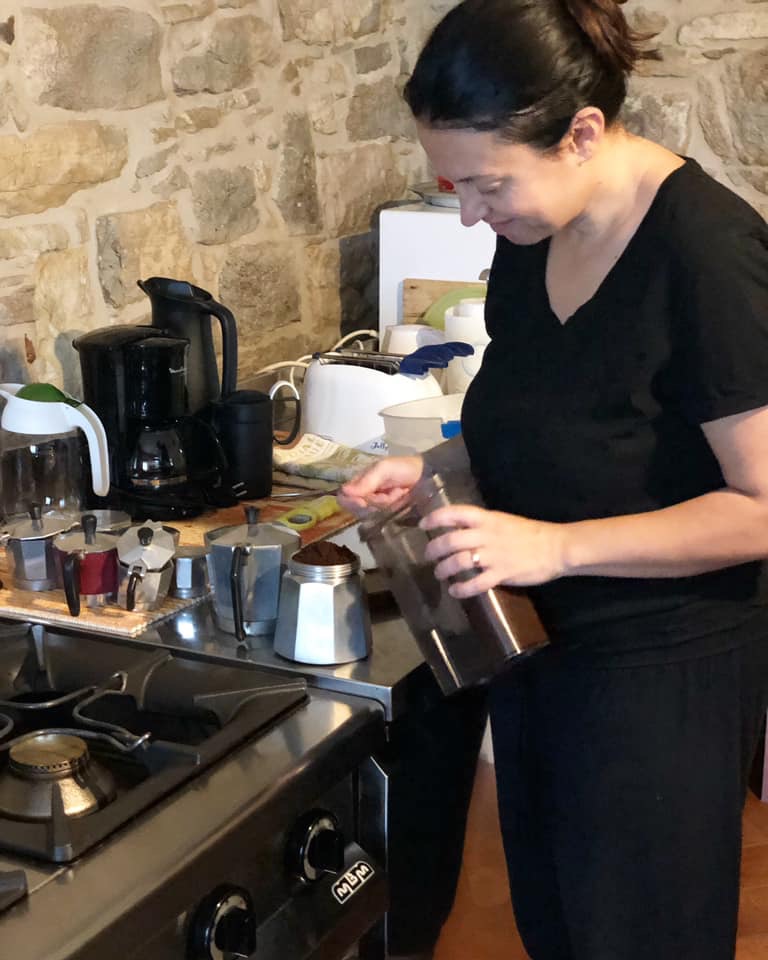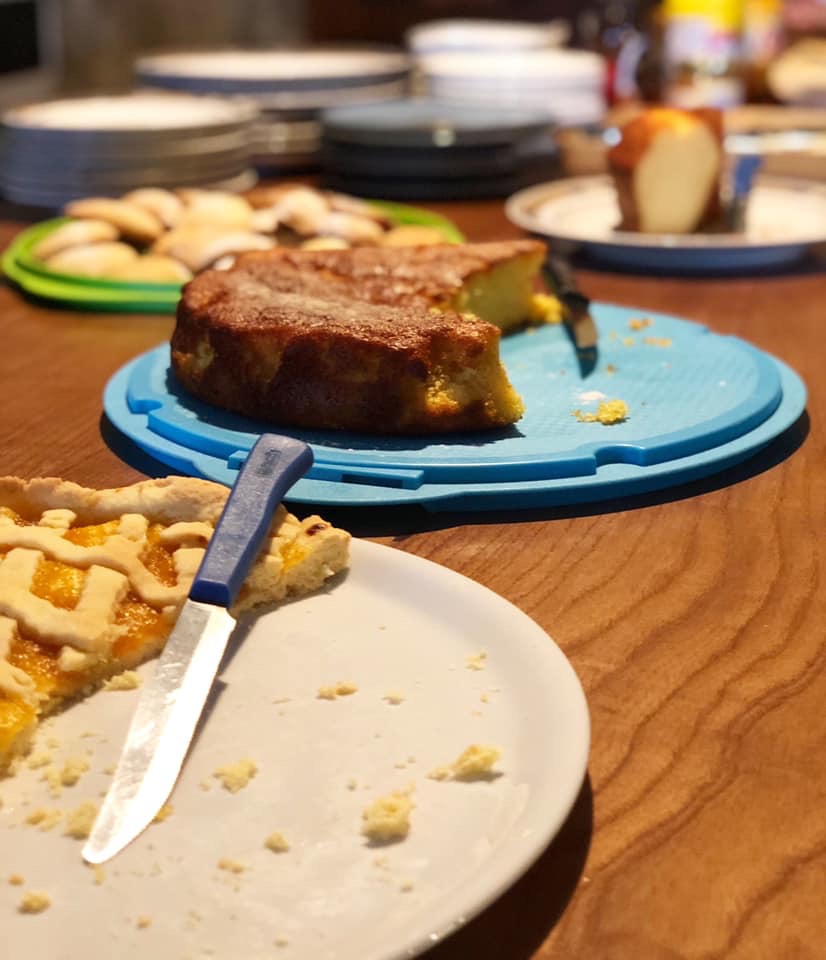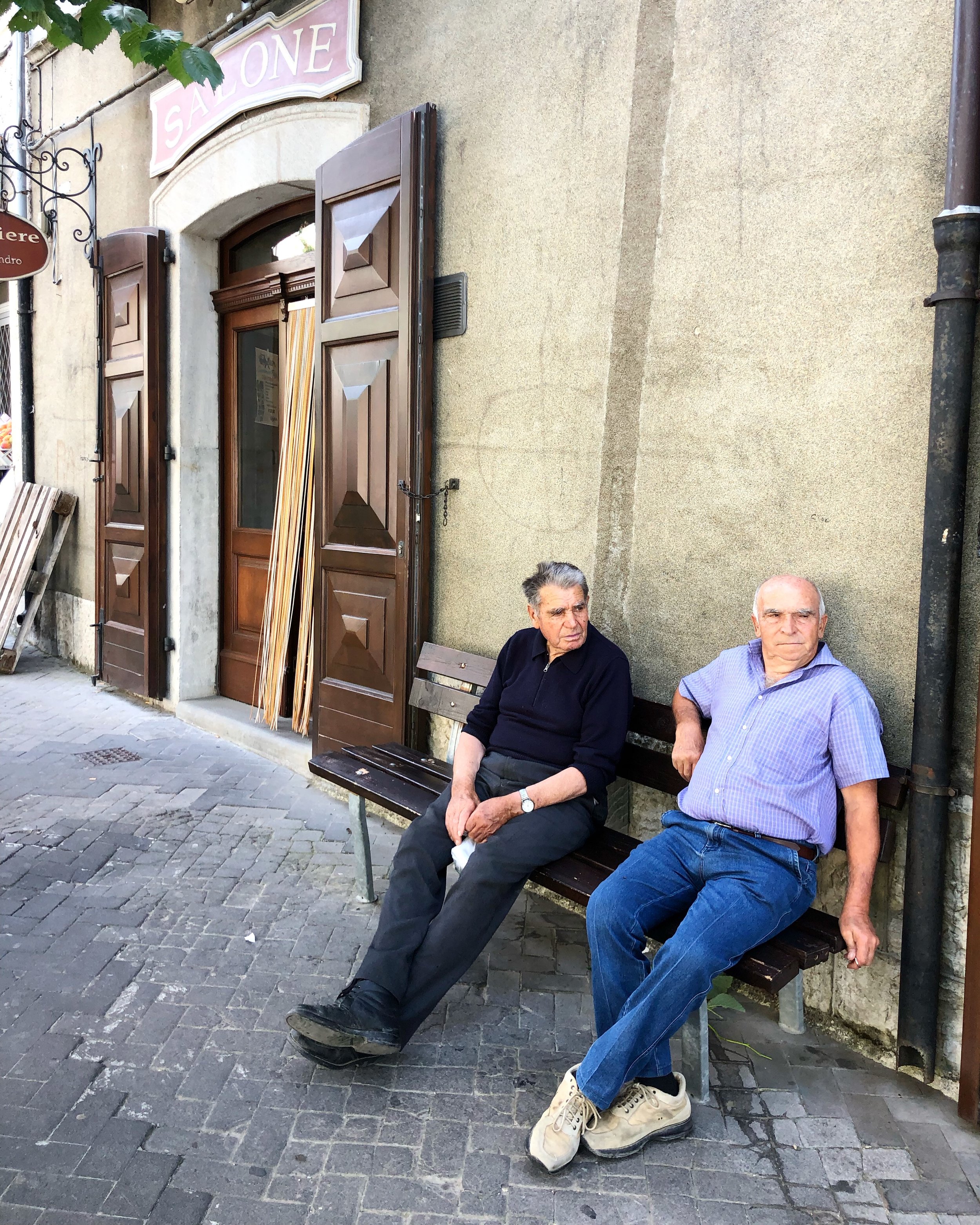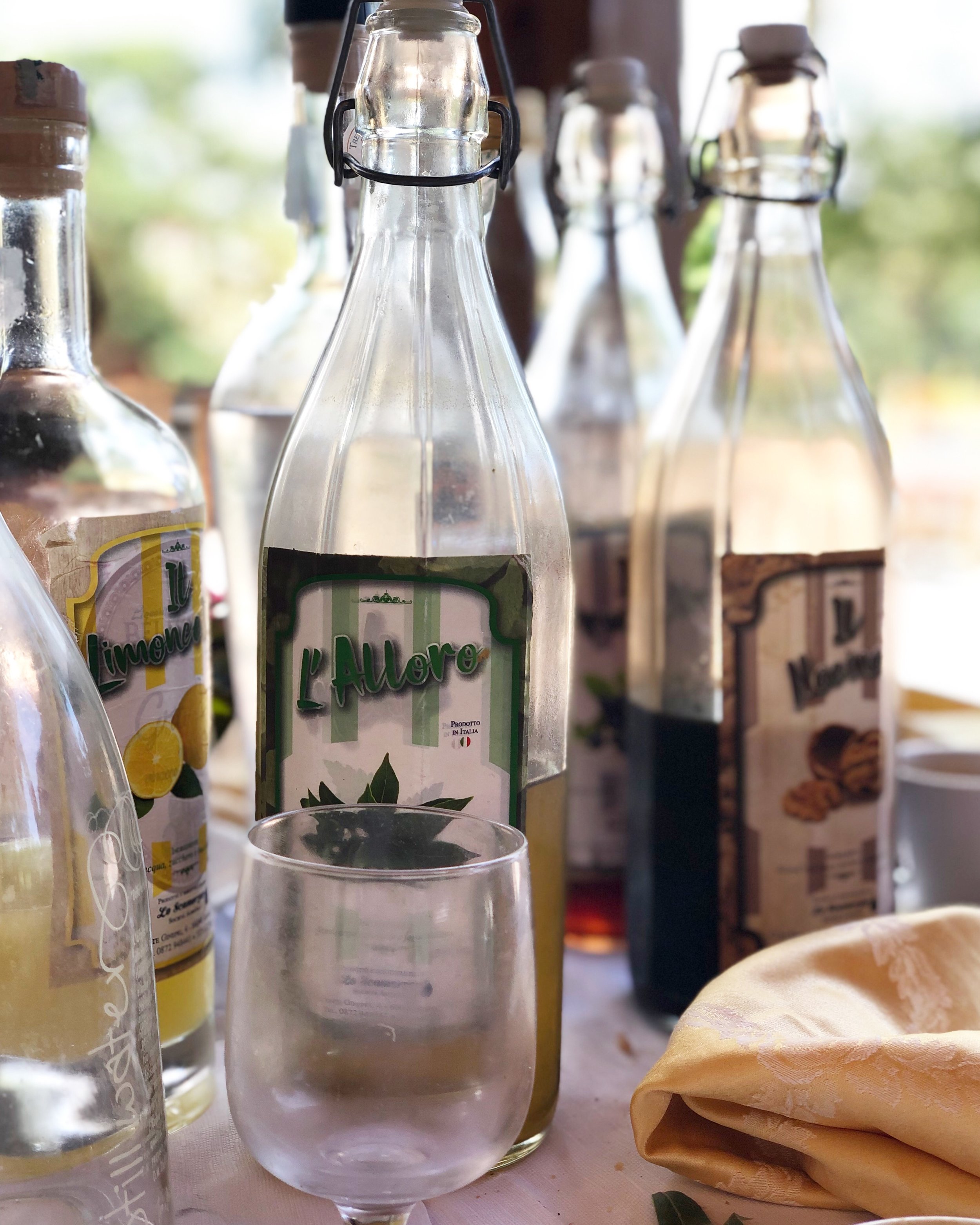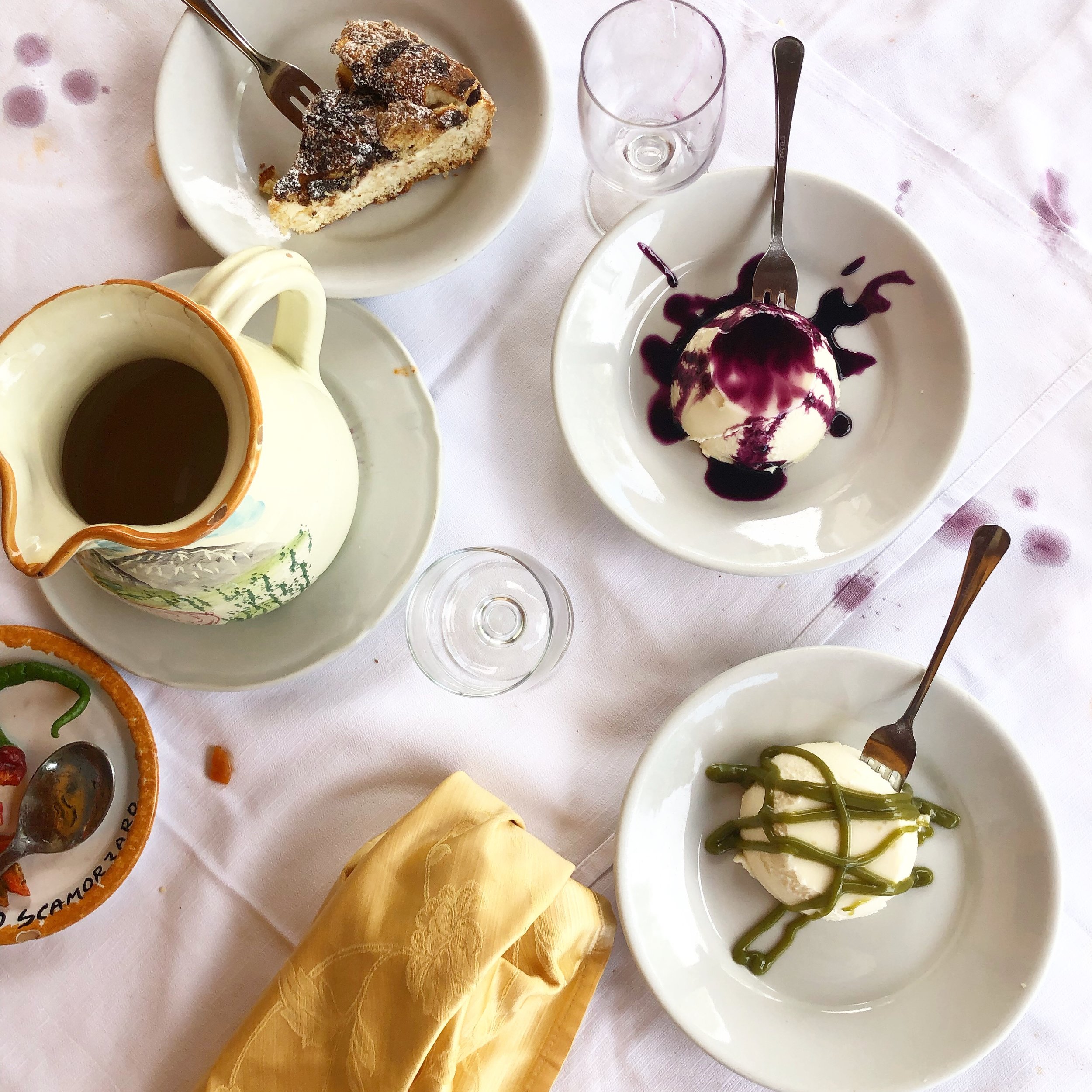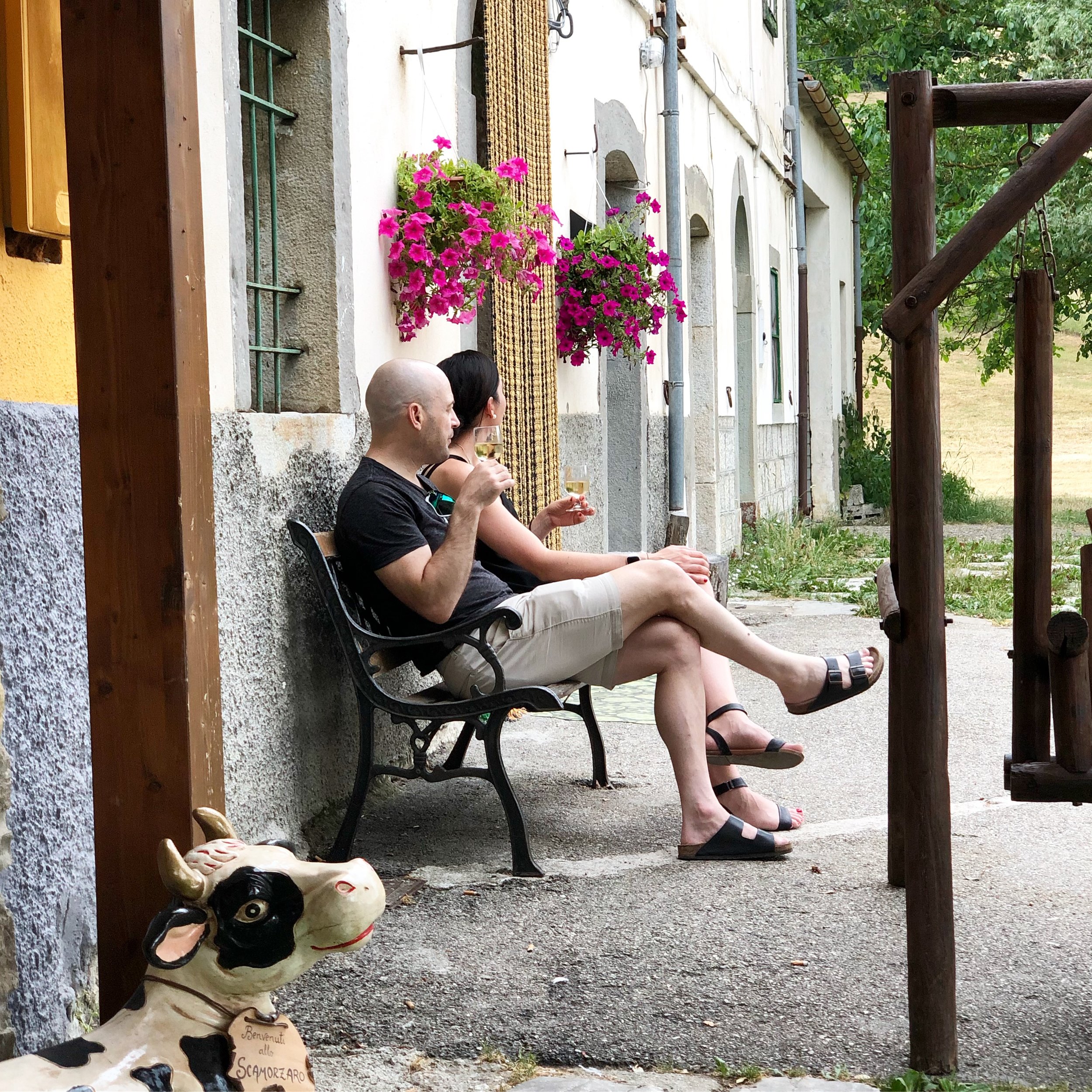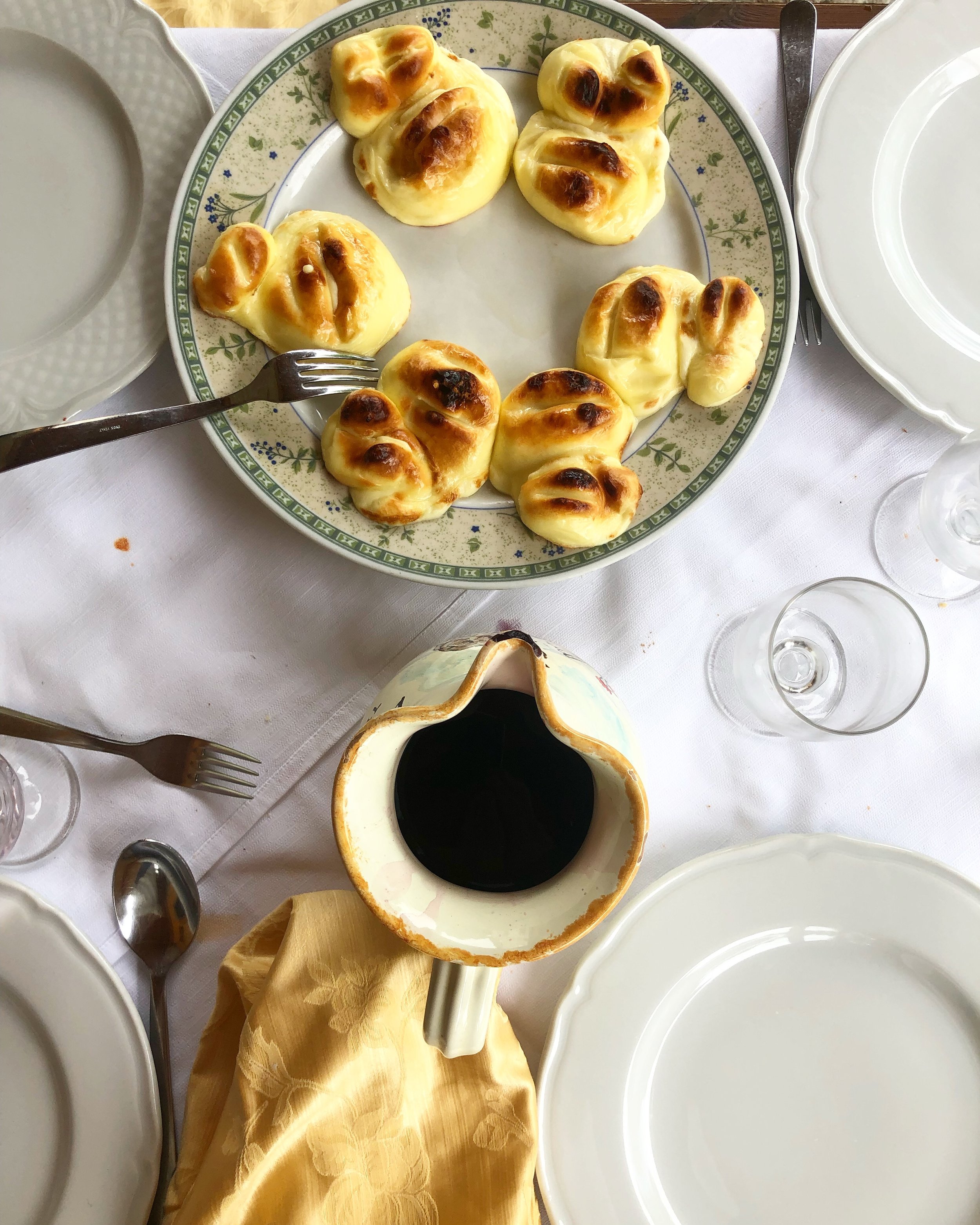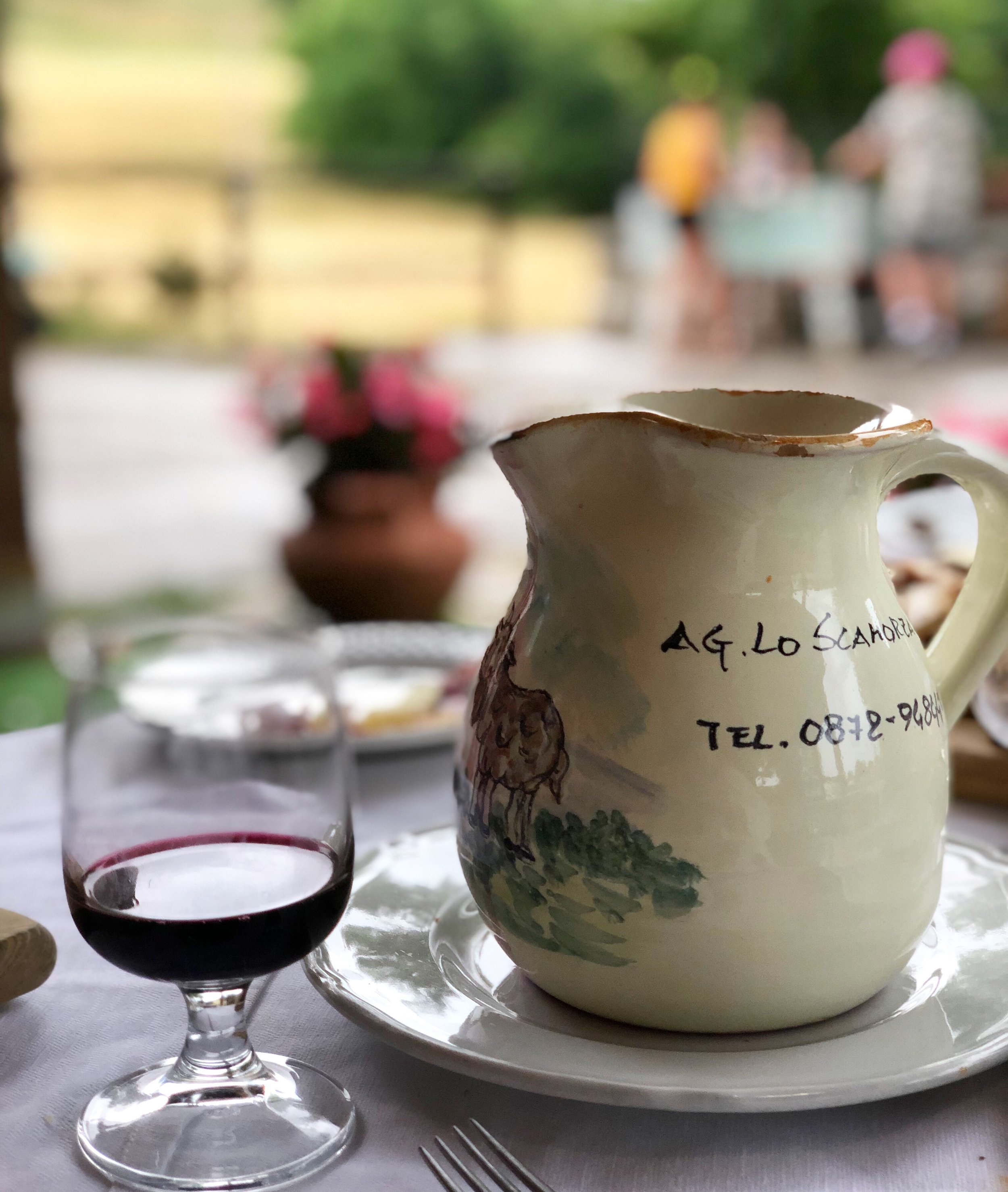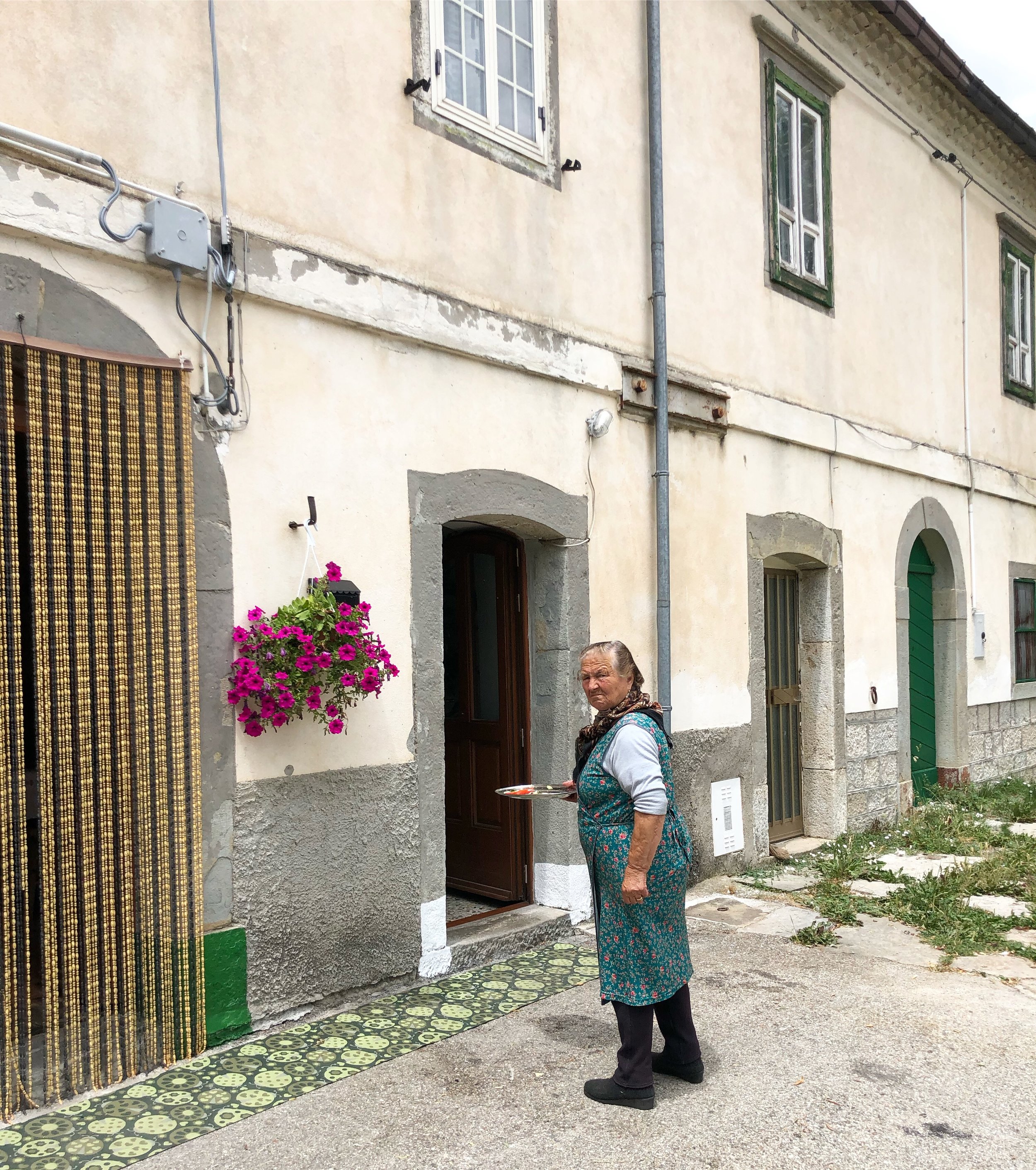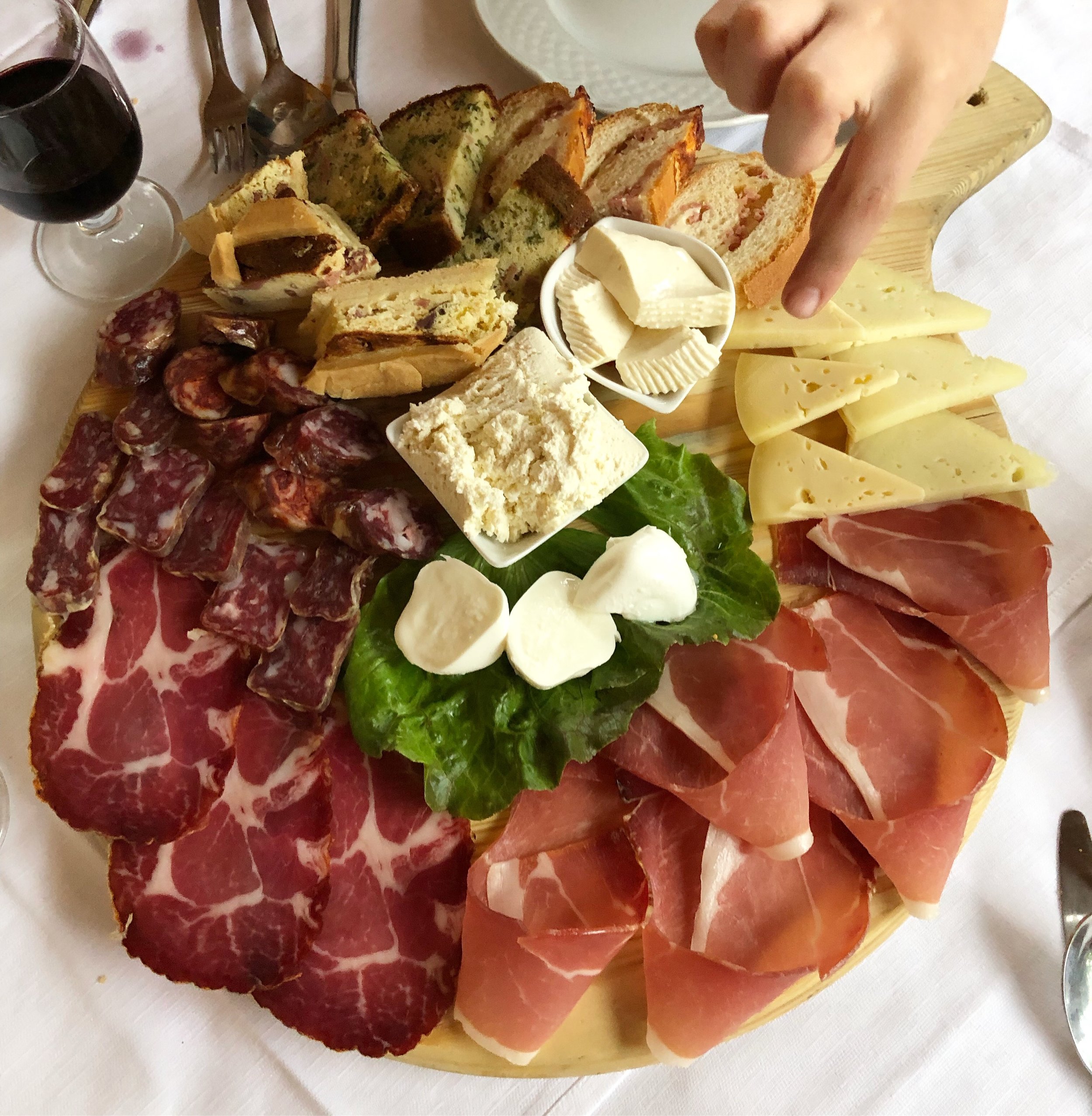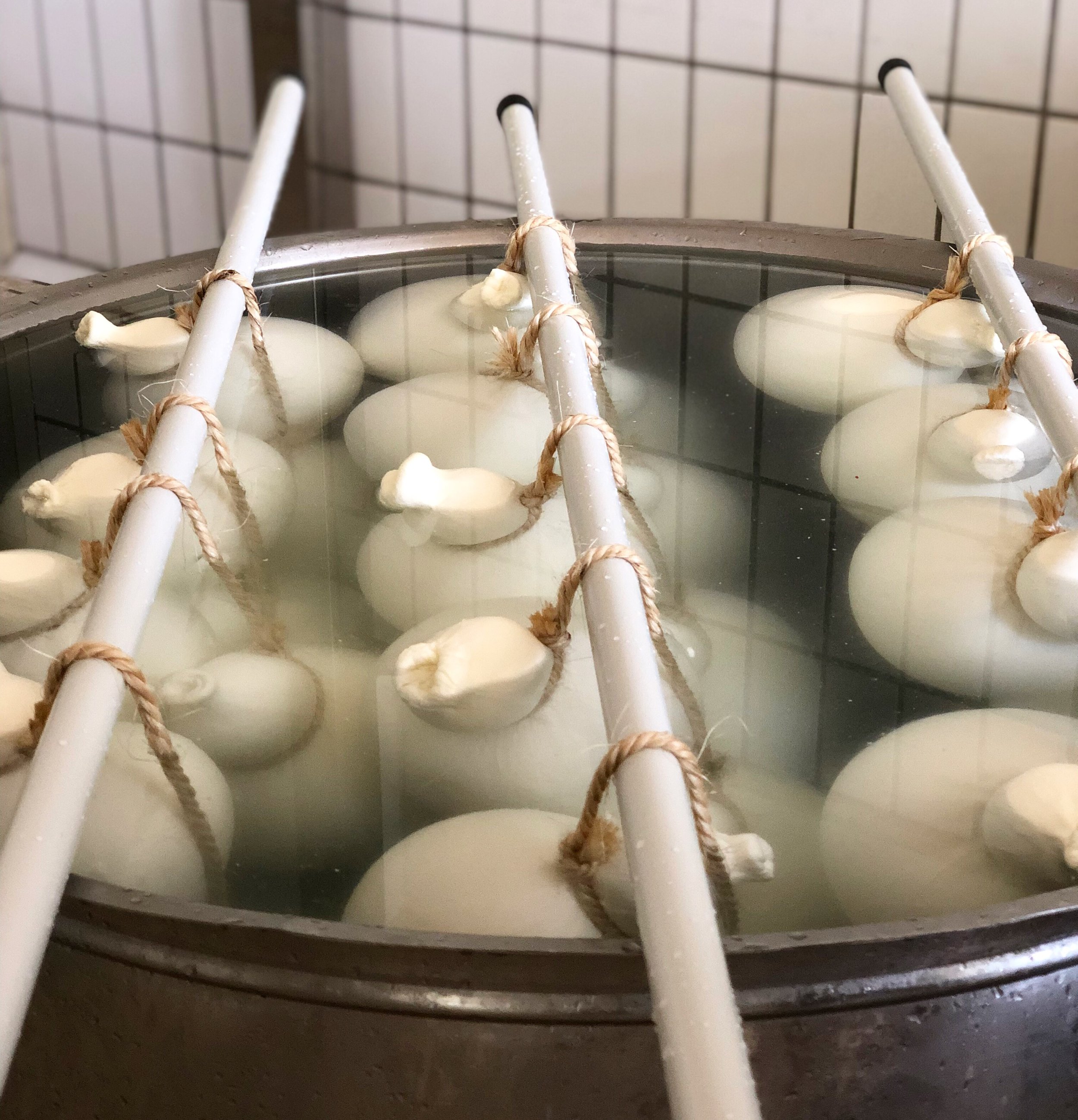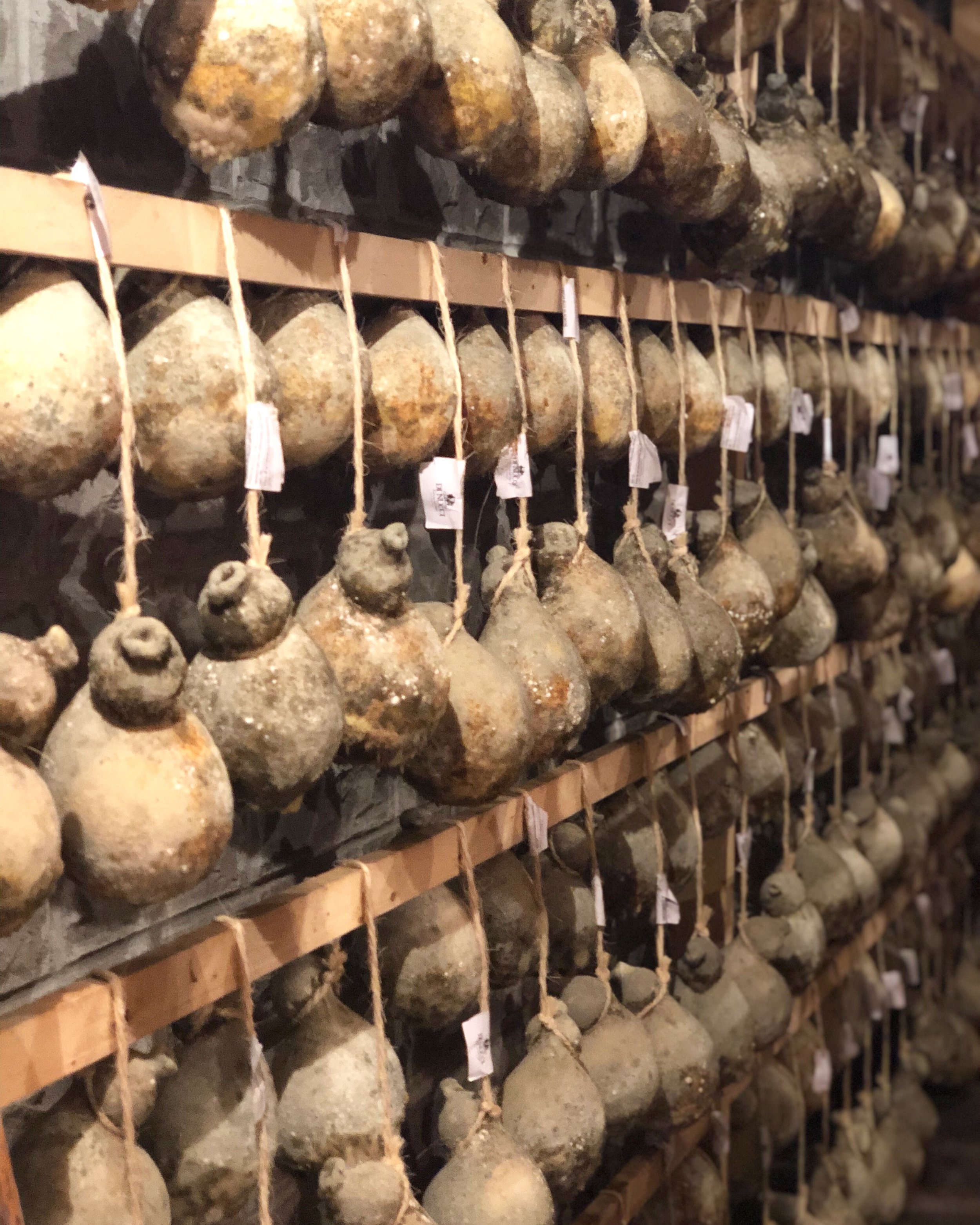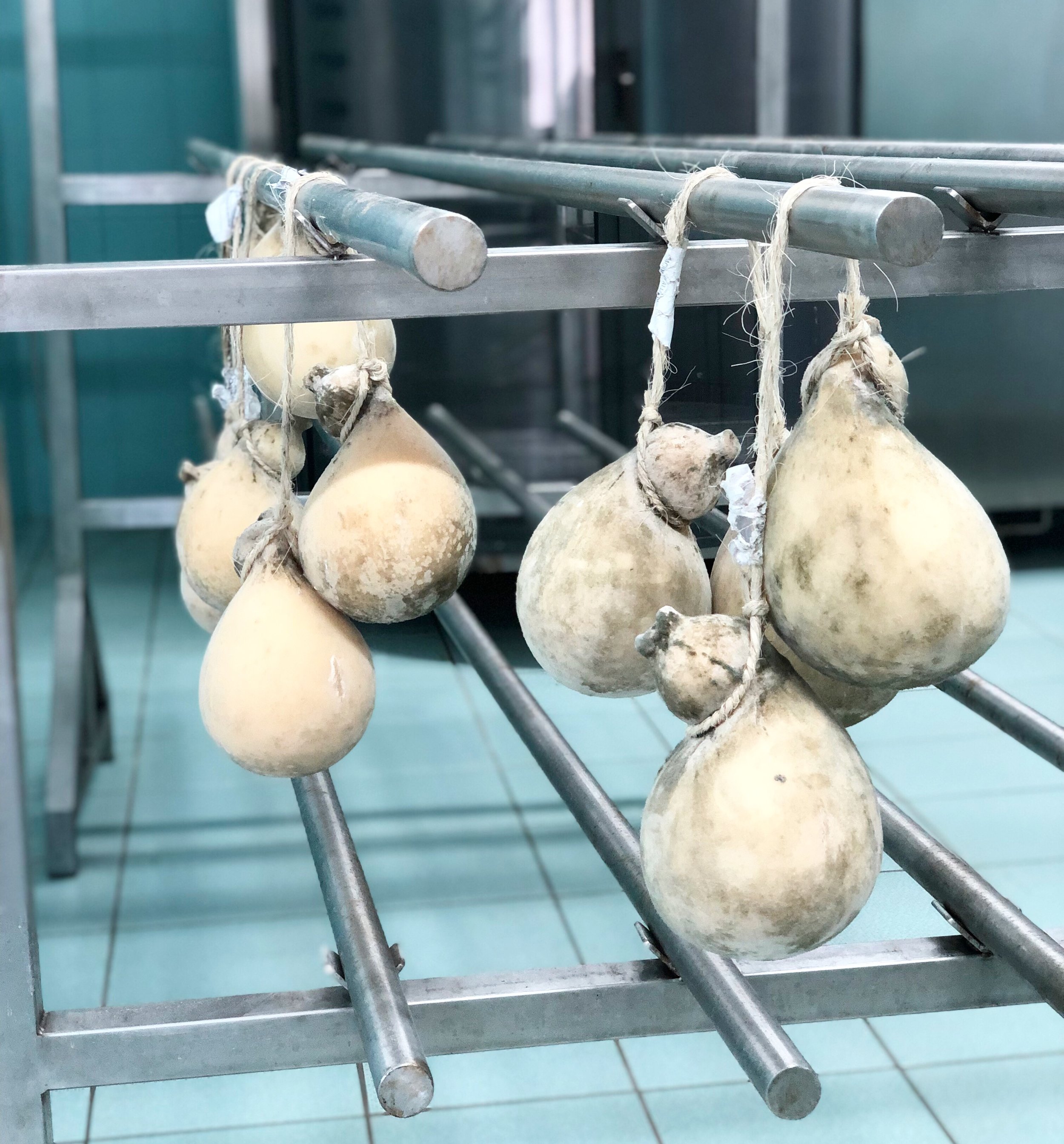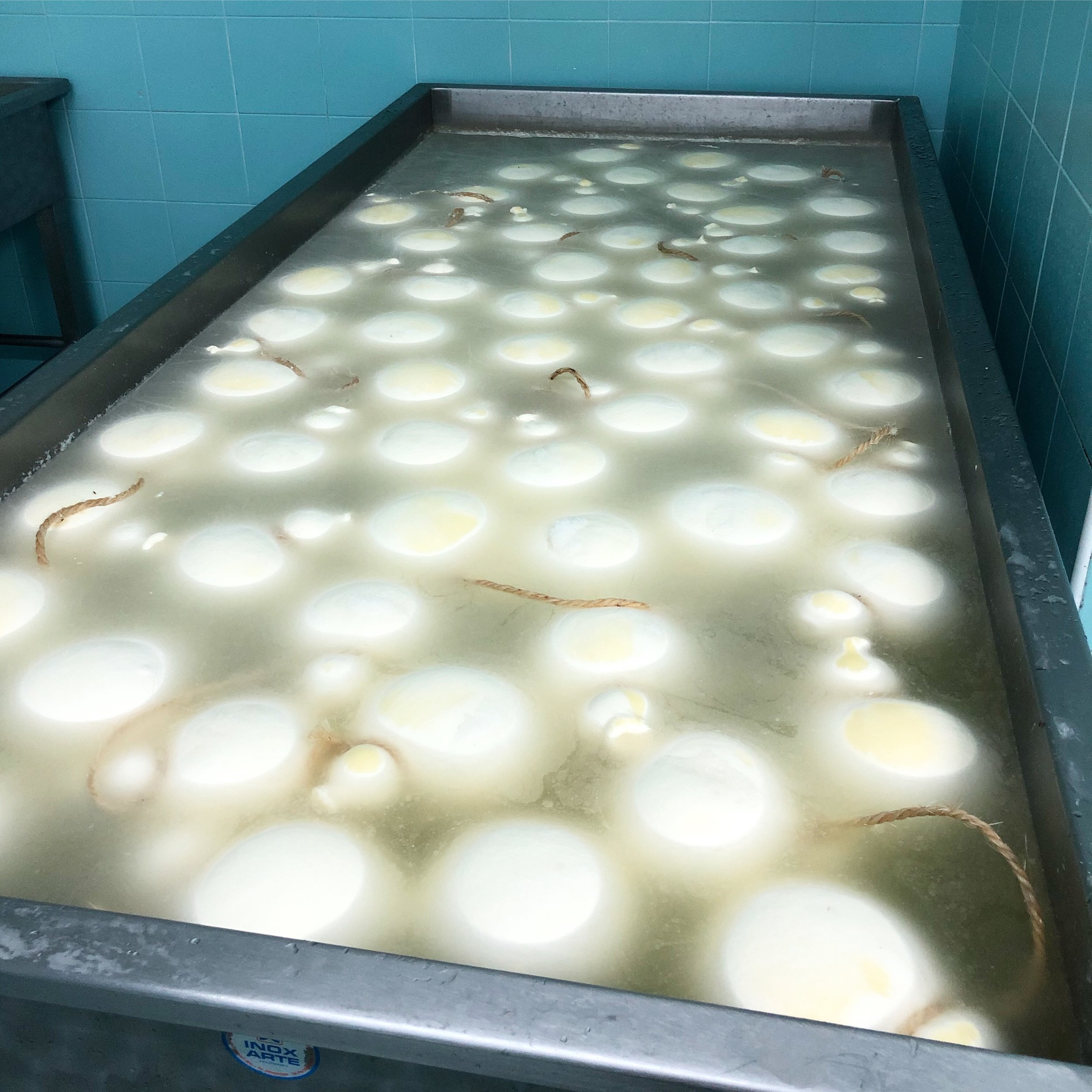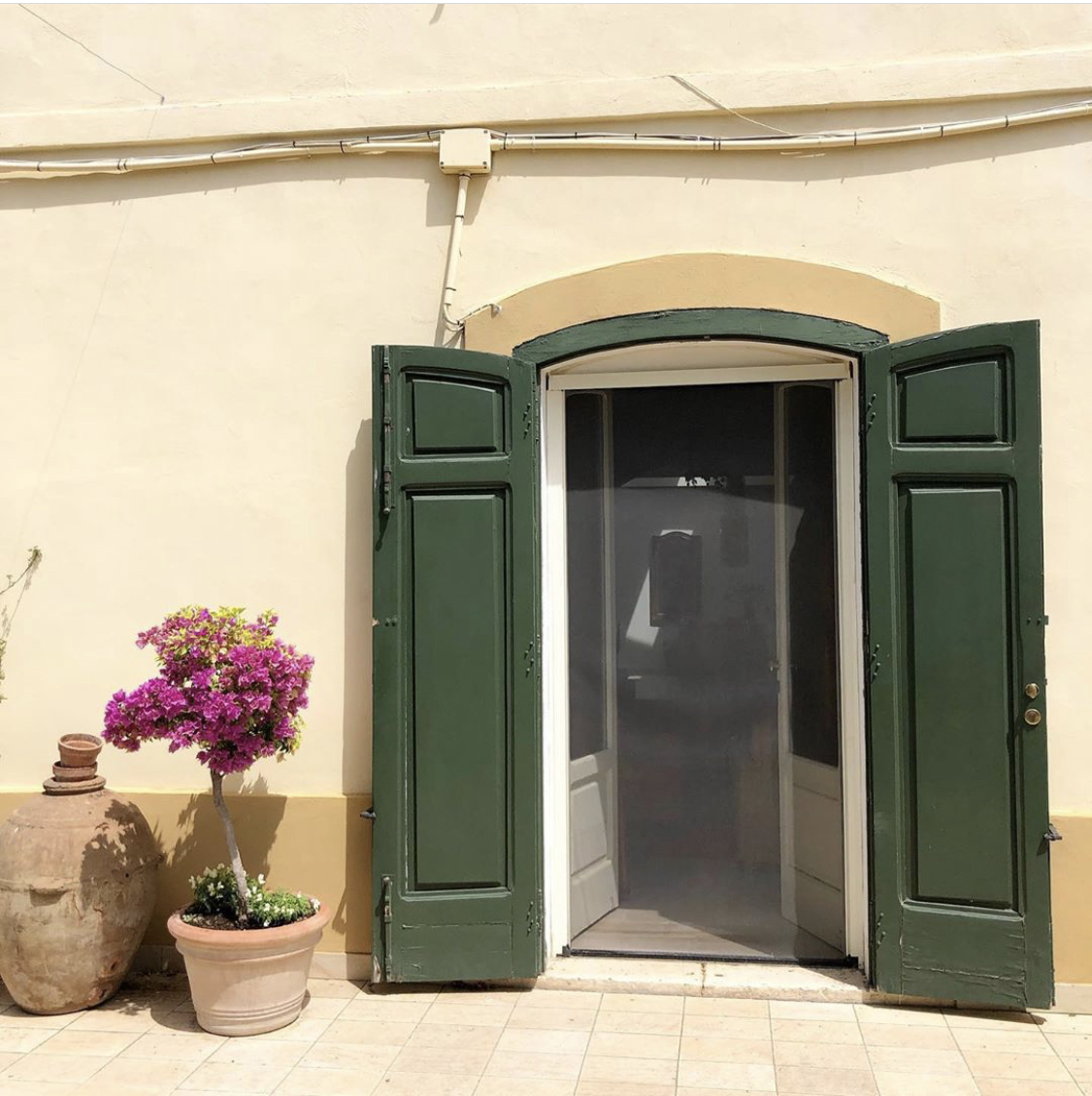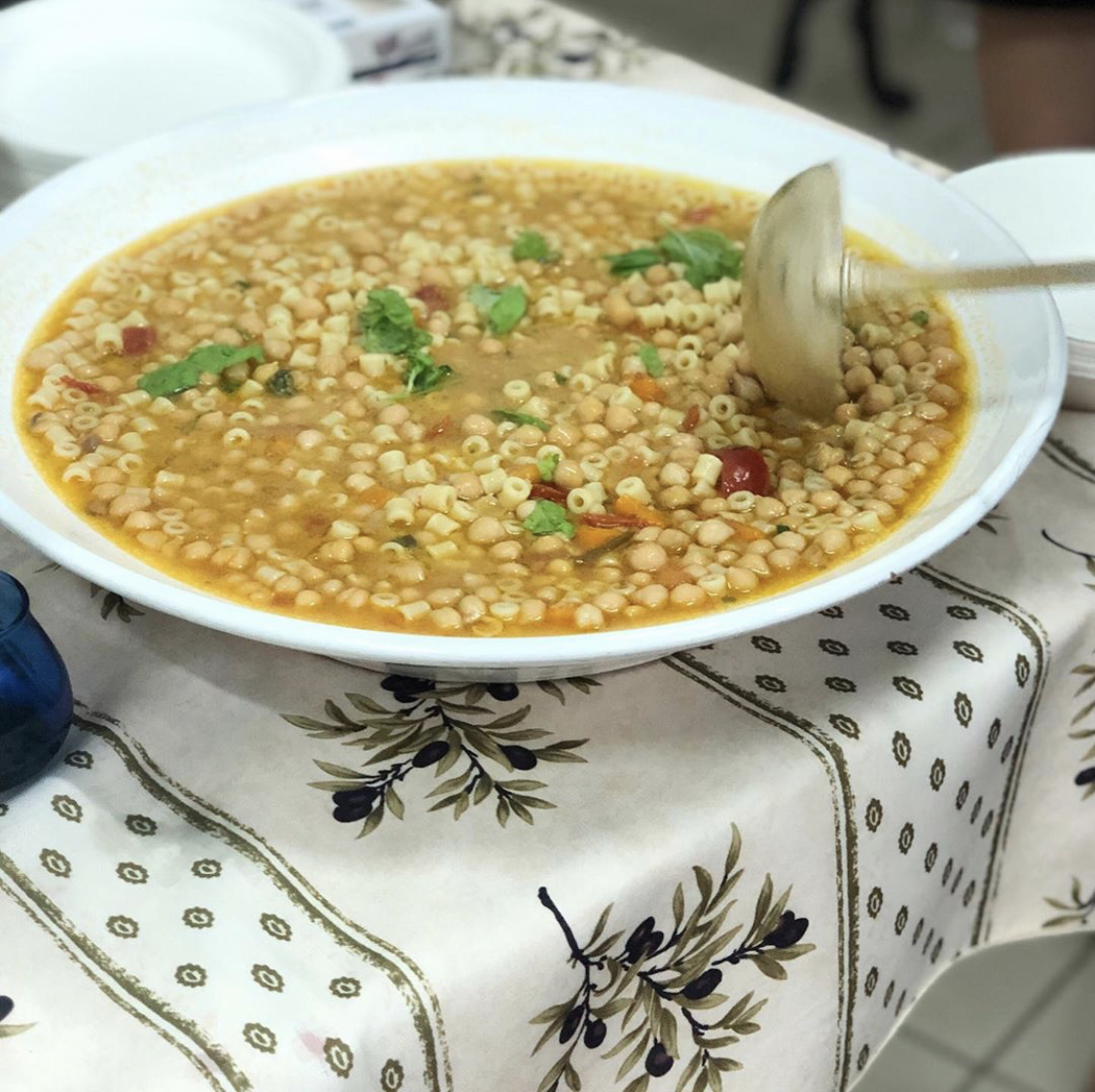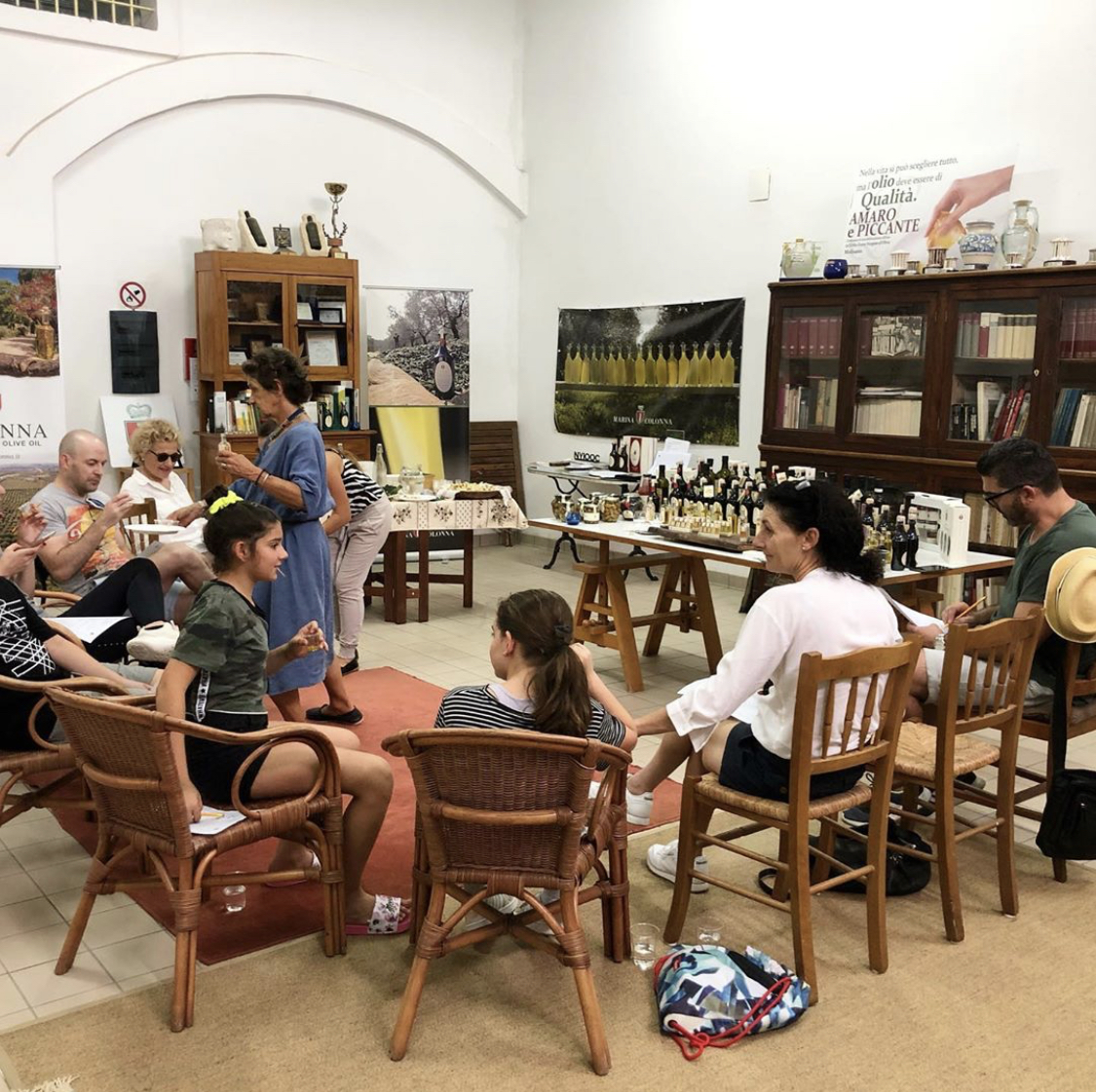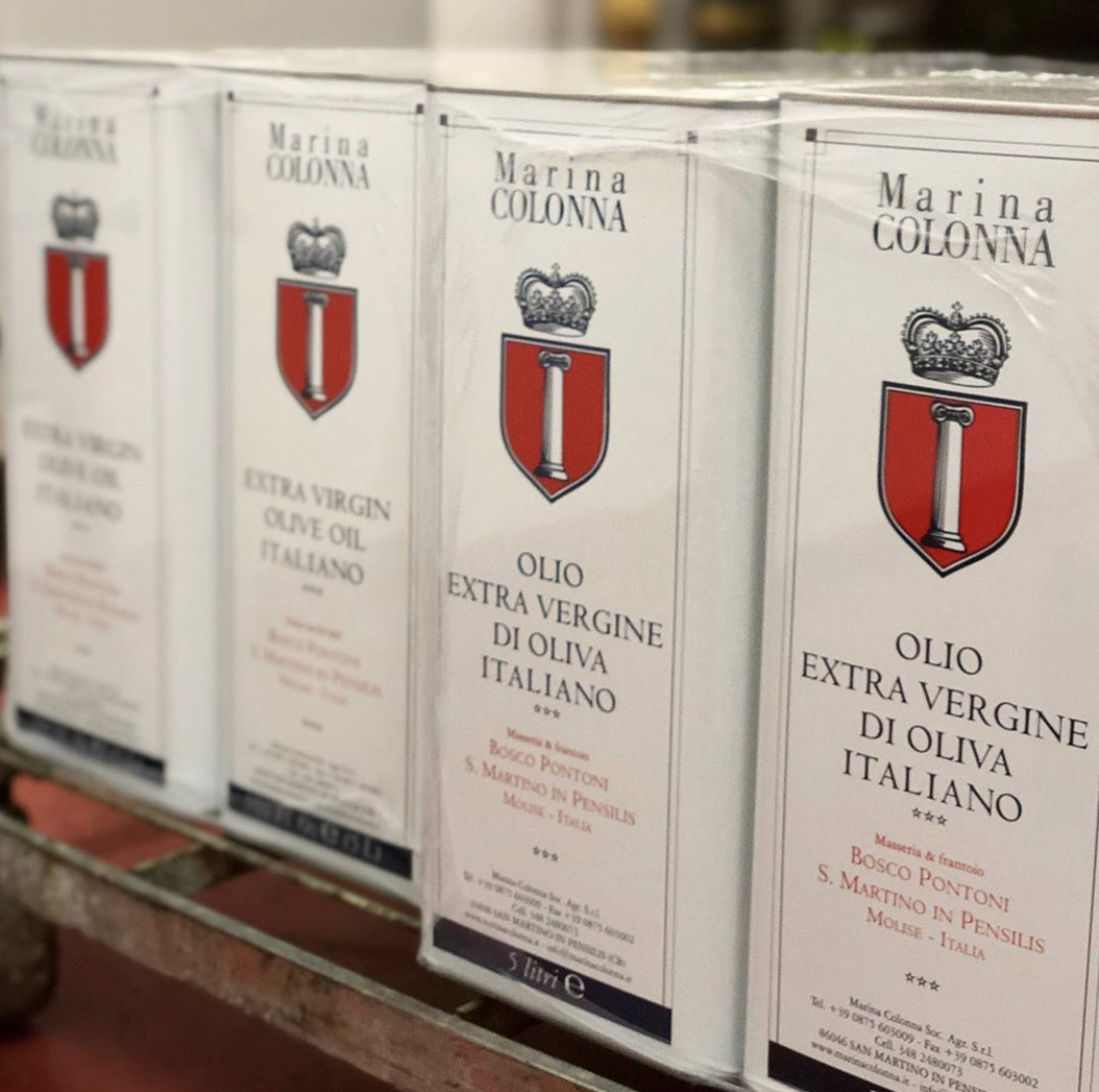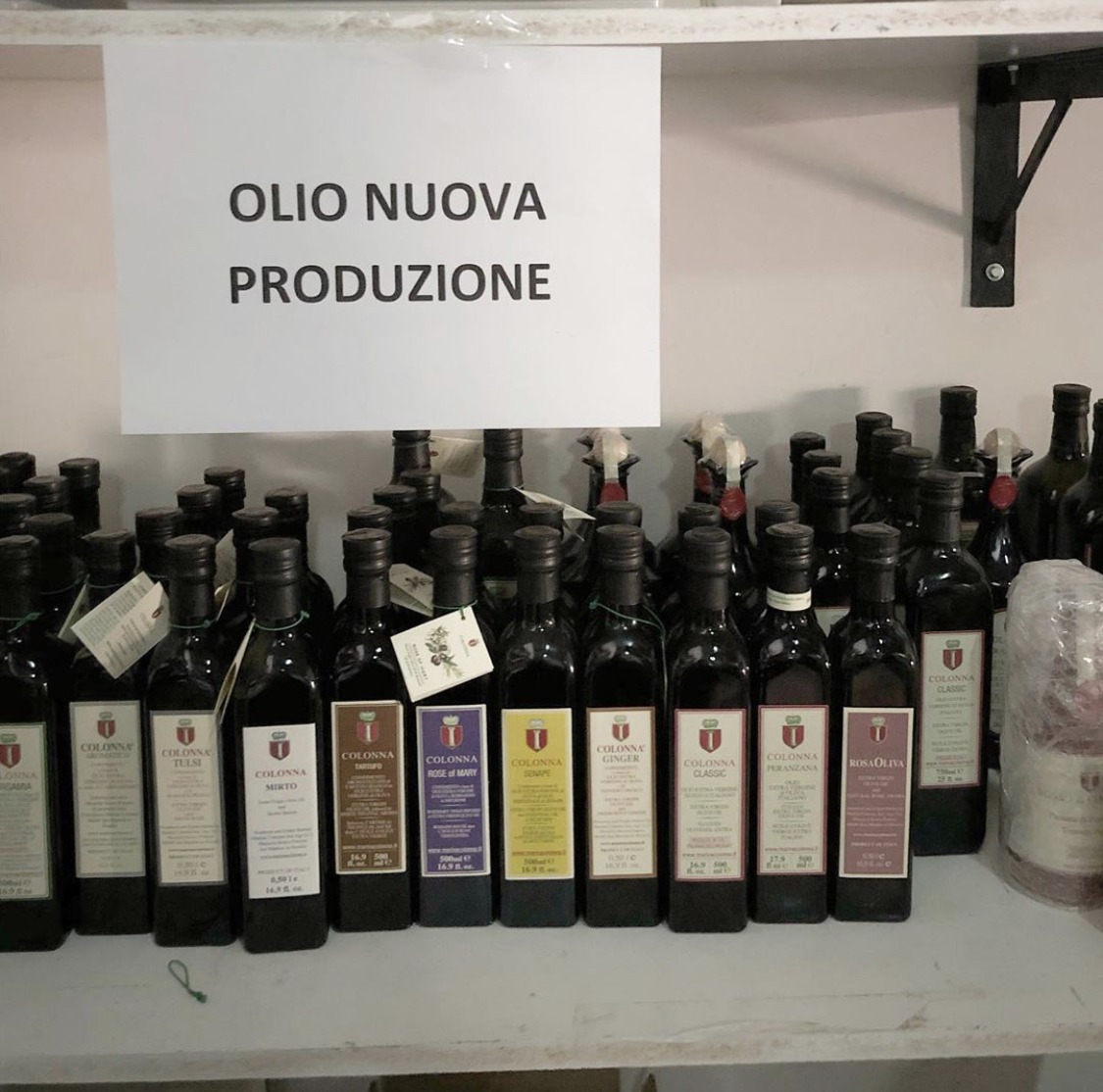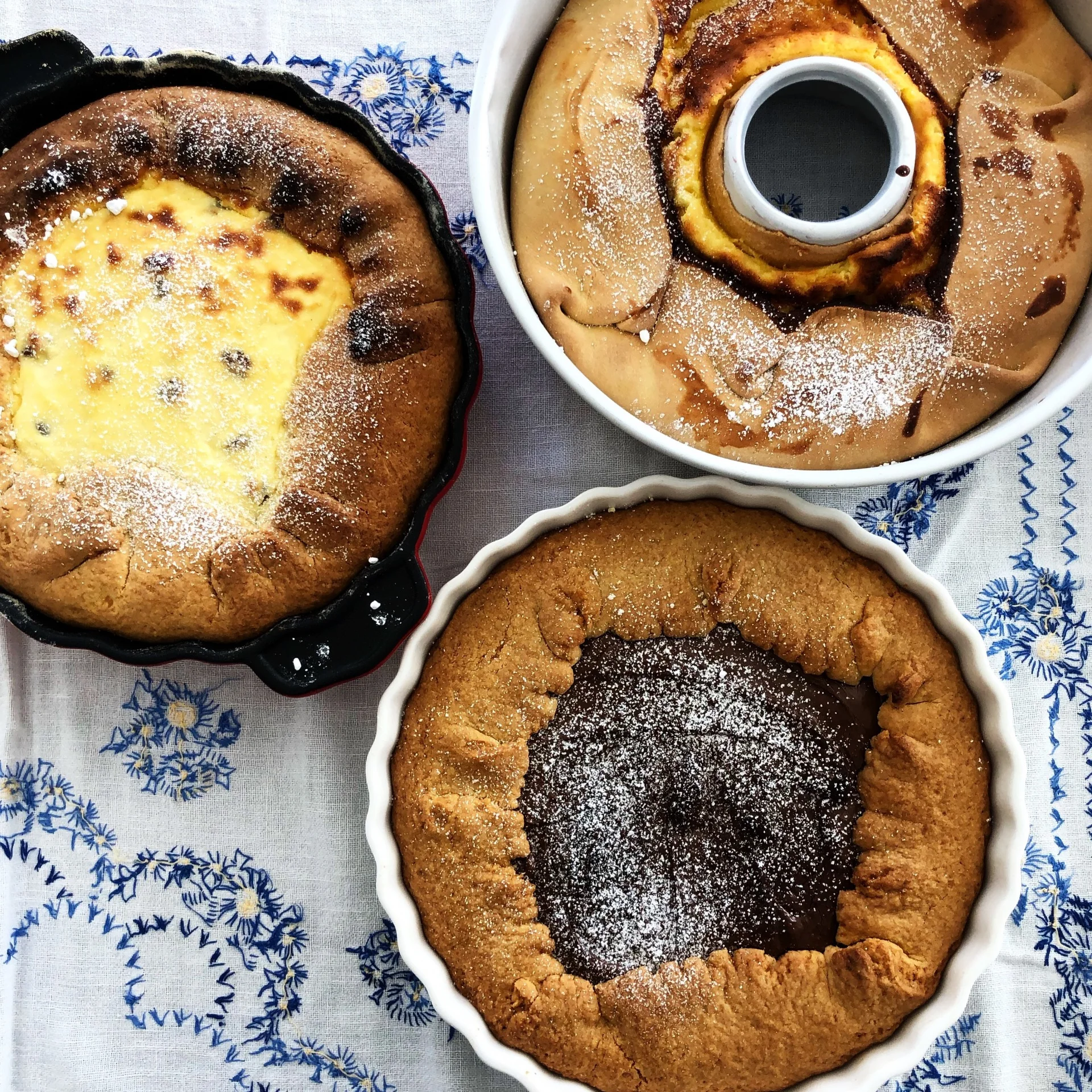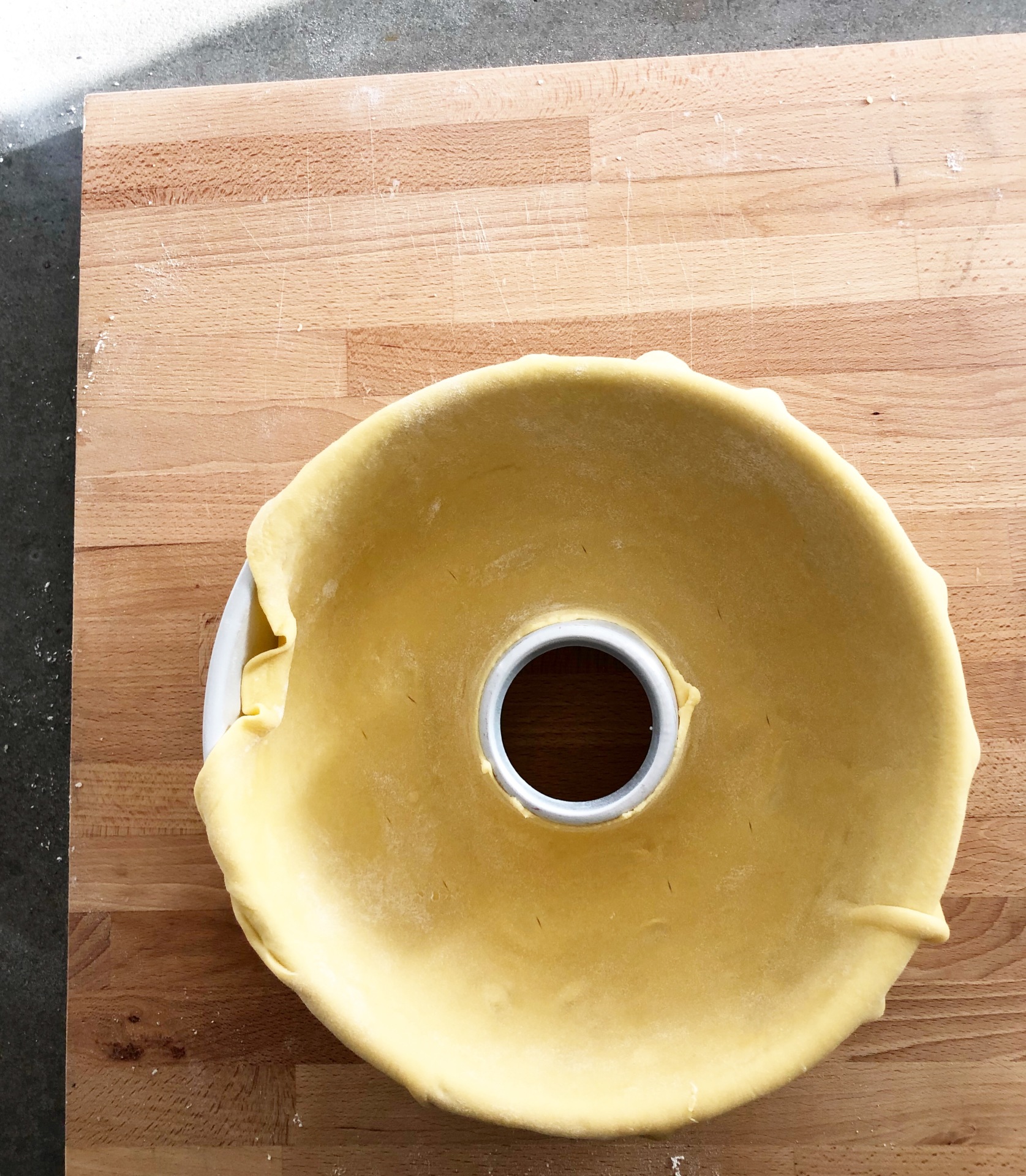Napoli - Naples, Italy
Ahhhh Italia ! The country of ‘la dolce lingua’, Romeo and Juliet, dramatic opera’s and lovers in the streets showing affection like no-one is looking. Funnily enough, Valentine’s Day isn’t made a huge deal of in Italy like it is in other countries. Maybe because Italians show plentiful amounts of love and affection on a daily basis to their partners, friends and family. ‘La Festa di San Valentino’ is celebrated all around the world thanks to the ancient Roman festival Lupercalia. The festival celebrated the coming of spring and men and women being paired off by lottery. Thank goodness we now celebrate it with flowers, cards and love notes to a partner most of us have chosen ourselves.
Here are a few Italian love phrases you can use to woo your sweatheart this Valentines Day!
1. Ti amo
‘I love you’
A phrase familiar to many ears, and one we use when we want to tell our partner we love them. Ti amo isn’t a phrase we would use to tell a family member or friend we love them…they may get the wrong idea!
2. Ti voglio bene
‘ I love you / I care about you’
This is the phrase we use to tell family members, friends and partners we love them.
3. Sono pazzo di te (If you are female you say ‘sono pazza di te’)
‘I am crazy for you’
4. Sono innamorato di te (if you are female you say ‘sono innamorata di te’)
‘I am in love with you’
5. Amore mio
‘ My love’
Used as a term of endearment to your partner but mothers also call their child ‘amore’ like English speakers say ‘darling’.
6. Dammi un bacio
‘ Give me a kiss’
You can use this for anyone really! But if you want to ask your child for a kiss you would ask for a ‘bacetto’.
7. Ti penso sempre
‘I think about you all the time’
This phrase can be used to sign off on a love letter or email, but can also be said in conversation.
8. Sei bellissmo (or bellissima if you are saying it to a girl)
‘You are beautiful’
This can also be used to say to anyone.
9. Sei sempre nel mio cuore
‘You are always in my heart’
When you just want to be a sweetheart to your partner and make them feel loved
10. Amo solo te
‘I love only you’
Another phrase to melt the heart of your lover
Campobasso, Molise- Italy


